
漢德百科全書 | 汉德百科全书
 Canada
Canada
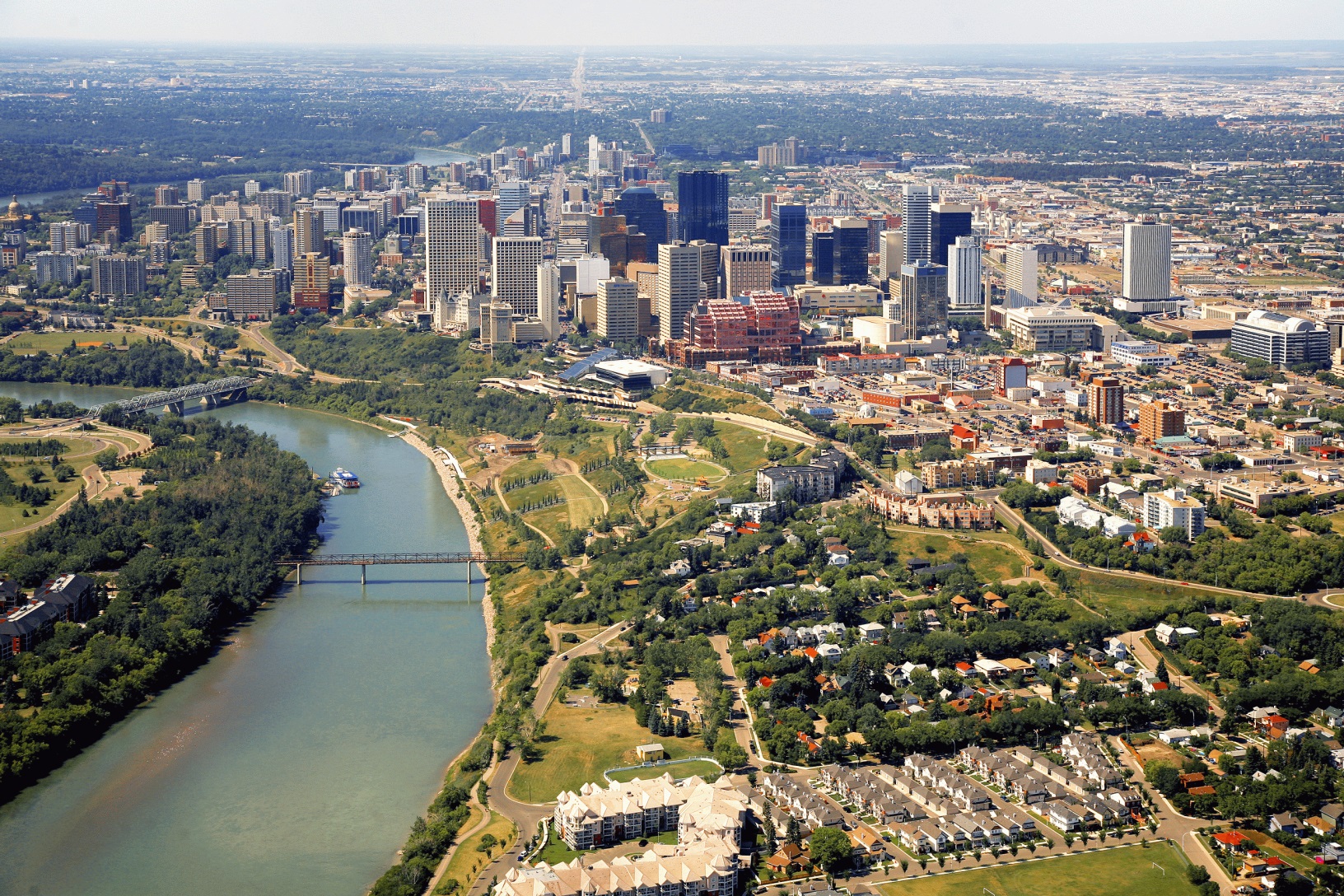
Edmonton [ˈedməntən] ist die Hauptstadt der kanadischen Provinz Alberta. Sie hat 932.546 Einwohner, hingegen hat die Metropolregion (CMA) 1.411.945 Einwohner (2017).[2] Damit ist Edmonton nach Calgary die zweitgrößte Stadt der Provinz und die fünftgrößte in Kanada. Mit 683 km² Gesamtfläche ist sie eine der flächengrößten Städte Nordamerikas, hat damit aber auch eine der niedrigsten Bevölkerungsdichten.
Indianische Siedlungen reichen mindestens 11.000 Jahre zurück, doch führt sich die Stadt auf ein Fort, das 1795 errichtet wurde, zurück. 1905 wurde Edmonton Hauptstadt der Provinz, die etwa bis zum Zweiten Weltkrieg stark von der Landwirtschaft abhing. Kriegsproduktion und Bodenschätze brachten der Stadt trotz des unwirtlichen Klimas einen lange anhaltenden industriellen Boom. Den bedeutendsten Wirtschaftszweig stellen heute die Dienstleistungsgewerbe dar, deren größter Arbeitgeber neben der Regierung die University of Alberta ist.
埃德蒙顿(英语:Edmonton,香港作爱民顿,台湾作艾德蒙顿,台山话作点问顿)是加拿大阿尔伯塔省的首府,该省的第二大城市(仅次于卡尔加里),城市人口为 899,447人(2016年数据),而大埃德蒙顿地区(CMA)人口为1,363,300(2015年数据)。埃德蒙顿是加拿大人口第二多的省会城市(排在多伦多之后)。埃德蒙顿是阿尔伯塔省的文化、政府和教育中心,城市拥有轻轨运输,一年有许多节日,大多集中在夏季,并有北美最大的室内购物中心——西部埃德蒙顿购物中心和加拿大最大的历史公园——埃德蒙顿炮台公园(Fort Edmonton Park)。2004年,埃德蒙顿庆祝其建市100周年(1904年)。
エドモントン(英: Edmonton[2])は、カナダのアルバータ州にある都市。同州の州都であり、州内ではカルガリーに次ぐ第2の都市である(国内5位)。また、カナダの州都としてはトロントに次ぐ第2位の人口規模を持つ。肥沃な農業地帯が広がるプレーリーに位置し、ノースサスカチュワン川が周辺地域の中心を流れている。
市内人口はおよそ81万人、広域圏人口はおよそ116万人で、北米の100万人都市としては最北端に位置する。州北部で盛んなオイルサンド産業と、ノースウエスト準州で運営されている大規模なダイヤモンド鉱への玄関口となっている。文化や行政、教育が盛んな地域でもある。「ザ・フェスティバル・シティ」[3]と呼ばれるほど年間を通してイベント行事が開催され、市内には北米最大のショッピングモール「ウェスト・エドモントン・モール」と最大の歴史公園「フォート・エドモントン(Fort Edmonton)」がある。
Edmonton (/ˈɛdməntən/ (![]() listen); Cree: ᐊᒥᐢᑲᐧᒋᐊᐧᐢᑲᐦᐃᑲᐣ;[13] Blackfoot: Omahkoyis[14]) is the capital city of the Canadian province of Alberta. Edmonton is on the North Saskatchewan River and is the centre of the Edmonton Metropolitan Region, which is surrounded by Alberta's central region. The city anchors the north end of what Statistics Canada defines as the "Calgary–Edmonton Corridor".[15]
listen); Cree: ᐊᒥᐢᑲᐧᒋᐊᐧᐢᑲᐦᐃᑲᐣ;[13] Blackfoot: Omahkoyis[14]) is the capital city of the Canadian province of Alberta. Edmonton is on the North Saskatchewan River and is the centre of the Edmonton Metropolitan Region, which is surrounded by Alberta's central region. The city anchors the north end of what Statistics Canada defines as the "Calgary–Edmonton Corridor".[15]
The city had a population of 932,546 in 2016, making it Alberta's second-largest city and Canada's fifth-largest municipality.[5] Also in 2016, Edmonton had a metropolitan population of 1,321,426, making it the sixth-largest census metropolitan area (CMA) in Canada.[7] Edmonton is North America's northernmost metropolitan area with a population over one million. A resident of Edmonton is known as an Edmontonian.[16]
Edmonton's historic growth has been facilitated through the absorption of five adjacent urban municipalities (Strathcona, North Edmonton, West Edmonton, Beverly and Jasper Place)[17] in addition to a series of annexations through 1982,[18] and the annexation of 8,260 ha (82.6 km2) of land from Leduc County and the city of Beaumont on January 1, 2019.[8] Known as the "Gateway to the North",[19] the city is a staging point for large-scale oil sands projects occurring in northern Alberta and large-scale diamond mining operations in the Northwest Territories.[20]
Edmonton is a cultural, governmental and educational centre. It hosts a year-round slate of festivals, reflected in the nickname "Canada's Festival City".[1] It is home to North America's largest mall, West Edmonton Mall (the world's largest mall from 1981 until 2004),[21] and Fort Edmonton Park, Canada's largest living history museum.[22]
Edmonton (![]() /ˈɛdməntən/ (?·i)) es la capital de la provincia canadiense de Alberta, así como sede de sus poderes y su administración. Está ubicada en la parte central de la provincia, una de las zonas más fértiles de las llanuras canadienses, en torno al río Saskatchewan Norte. 812 201 personas viven en Edmonton,1 lo que la convierte en la segunda ciudad más populosa de la provincia, detrás de Calgary, la segunda capital de provincia con más habitantes tras Toronto y la quinta de Canadá. Además, su área metropolitana es la sexta más poblada del país, con una población de 1 034 945 habitantes.2
/ˈɛdməntən/ (?·i)) es la capital de la provincia canadiense de Alberta, así como sede de sus poderes y su administración. Está ubicada en la parte central de la provincia, una de las zonas más fértiles de las llanuras canadienses, en torno al río Saskatchewan Norte. 812 201 personas viven en Edmonton,1 lo que la convierte en la segunda ciudad más populosa de la provincia, detrás de Calgary, la segunda capital de provincia con más habitantes tras Toronto y la quinta de Canadá. Además, su área metropolitana es la sexta más poblada del país, con una población de 1 034 945 habitantes.2
La ciudad abarca 683 km², una superficie mayor que la de Chicago, Filadelfia, Toronto o Montreal. Sin embargo, tiene una de las densidades de población más bajas de América del Norte, alrededor del 9,4 % de la de Nueva York. El residente de Edmonton es conocido como edmontoniano.
Edmonton sirve como enlace a la zona norte del «Corredor Calgary-Edmonton», una de las cuatro regiones que en conjunto comprenden el 50 % de la población de Canadá. Desde ella se organizan proyectos a gran escala de arenas de alquitrán que se desarrollan en el norte de Alberta, así como para proyectos de minería de diamantes en los Territorios del Noroeste.
Es el centro cultural, gubernamental y educativo de Alberta. Es sede de varios festivales de talla mundial, lo que le ha valido para ganarse el título de «La ciudad festival» (The Festival City).3 En Edmonton está el centro comercial más grande de Norteamérica, el West Edmonton Mall (que fue el más grande del mundo desde 1981 hasta 2004), y el museo de historia viva más grande de Canadá, el Fort Edmonton Park. En 2004, la ciudad celebró el centenario de su fundación como ciudad.
Edmonton è il capoluogo della provincia canadese dell'Alberta. Si trova nella parte centro settentrionale della provincia, un'area che conta alcune delle più fertili terre agricole delle praterie canadesi. Dopo Calgary, è la seconda città dell'Alberta, con 932.546 abitanti. La sua area metropolitana, con una popolazione stimata nel 2016 in 1.392.600 abitanti,[2] è la quinta del Canada. Tra le città delle Americhe con più di un milione di abitanti è quella situata più a nord.
Edmonton (![]() /ˈɛdməntən/ (?·i)) es la capital de la provincia canadiense de Alberta, así como sede de sus poderes y su administración. Está ubicada en la parte central de la provincia, una de las zonas más fértiles de las llanuras canadienses, en torno al río Saskatchewan Norte. 812 201 personas viven en Edmonton,1 lo que la convierte en la segunda ciudad más populosa de la provincia, detrás de Calgary, la segunda capital de provincia con más habitantes tras Toronto y la quinta de Canadá. Además, su área metropolitana es la sexta más poblada del país, con una población de 1 034 945 habitantes.2
/ˈɛdməntən/ (?·i)) es la capital de la provincia canadiense de Alberta, así como sede de sus poderes y su administración. Está ubicada en la parte central de la provincia, una de las zonas más fértiles de las llanuras canadienses, en torno al río Saskatchewan Norte. 812 201 personas viven en Edmonton,1 lo que la convierte en la segunda ciudad más populosa de la provincia, detrás de Calgary, la segunda capital de provincia con más habitantes tras Toronto y la quinta de Canadá. Además, su área metropolitana es la sexta más poblada del país, con una población de 1 034 945 habitantes.2
La ciudad abarca 683 km², una superficie mayor que la de Chicago, Filadelfia, Toronto o Montreal. Sin embargo, tiene una de las densidades de población más bajas de América del Norte, alrededor del 9,4 % de la de Nueva York. El residente de Edmonton es conocido como edmontoniano.
Edmonton sirve como enlace a la zona norte del «Corredor Calgary-Edmonton», una de las cuatro regiones que en conjunto comprenden el 50 % de la población de Canadá. Desde ella se organizan proyectos a gran escala de arenas de alquitrán que se desarrollan en el norte de Alberta, así como para proyectos de minería de diamantes en los Territorios del Noroeste.
Es el centro cultural, gubernamental y educativo de Alberta. Es sede de varios festivales de talla mundial, lo que le ha valido para ganarse el título de «La ciudad festival» (The Festival City).3 En Edmonton está el centro comercial más grande de Norteamérica, el West Edmonton Mall (que fue el más grande del mundo desde 1981 hasta 2004), y el museo de historia viva más grande de Canadá, el Fort Edmonton Park. En 2004, la ciudad celebró el centenario de su fundación como ciudad.
Эдмонтон (англ. Edmonton [ˈɛdməntən]) — административный центр канадской провинции Альберта.

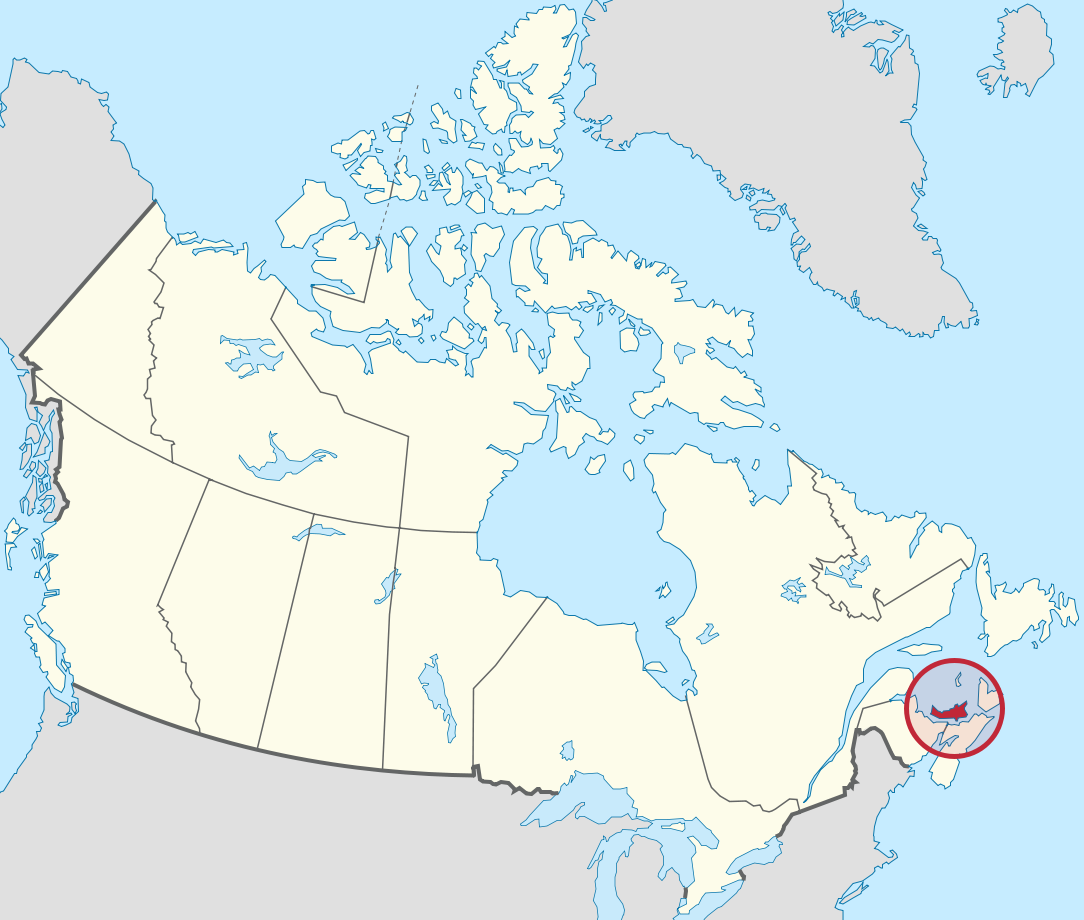
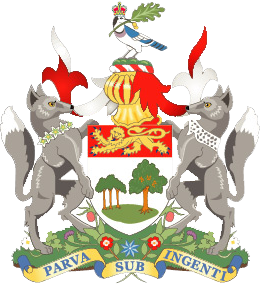
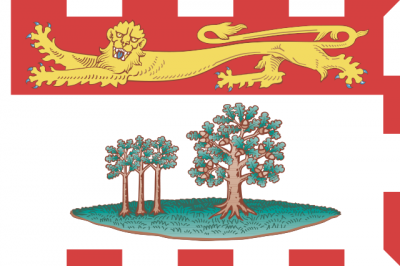
爱德华王子岛省(英语:Prince Edward Island;法语:Île-du-Prince-Édouard;苏格兰盖尔语:Eilean a' Phrionnsa或Eilean Eòin;米克马克语:Apekweit或Epikwetk),简称爱省,也常被简称为皮伊爱(英语常简称为:PEI;法语常简称为:Î.-P.-É.) ,是加拿大东部海洋三省之一。爱德华王子岛省全境包含了与省同名的岛屿及其周遭的离岛;此滨海省分的人口(154,331人,2021年统计)和面积(5,683.91平方公里,2006年统计)虽然都是全国最少,人口密度却是全国最高,达到每平方公里约 27 人 (24.47/km2)。除此之外,该岛也是全球面积排名第104位(全加拿大第23位)的岛屿。首府为夏洛特敦(Charlottetown)。
爱德华王子岛的命名源自于爱德华·奥古斯都王子,肯特与斯特拉森公爵(Prince Edward Augustus, Duke of Kent and Strathearn,英国维多利亚女王的父亲)。
知名加拿大女作家露西·莫德·蒙哥马利(Lucy M. Montgomery)是出身于爱德华王子岛的名人之一,名著《绿山墙的安妮》(Anne of The Green Gables)就是以她自己的故乡爱德华王子岛作为故事背景。Prince Edward Island [ˌpɹɪns‿ˌɛdwɚd‿ˈaɪ̯lɨnd] (französisch Île-du-Prince-Édouard, Mi’kmaq Epekwitk oder Abegweit,[2] kurz PEI oder P.E.I., deutsch Prinz-Eduard-Insel) ist eine Insel im Atlantik und eine Provinz im Osten Kanadas. Die Nachbarprovinzen der Insel sind New Brunswick im Westen und Nova Scotia im Süden und Osten. Prince Edward Island ist flächenmäßig die kleinste Provinz des Landes. Benannt ist sie nach Edward Augustus, Duke of Kent and Strathearn, dem Vater von Königin Victoria.

安大略美术馆(英語:Art Gallery of Ontario)是加拿大安大略省多伦多的一个博物馆,收藏欧洲、美国、加拿大等地的艺术品,藏品超过四万件,为北美洲第八大艺术博物馆,收藏品的时间跨度从公元100年至今。
Die Art Gallery of Ontario (AGO abgekürzt) im kanadischen Toronto gehört zu den bedeutendsten und mit rund 45.000 Quadratmetern Ausstellungsfläche auch zu den größten Kunstmuseen Nordamerikas.
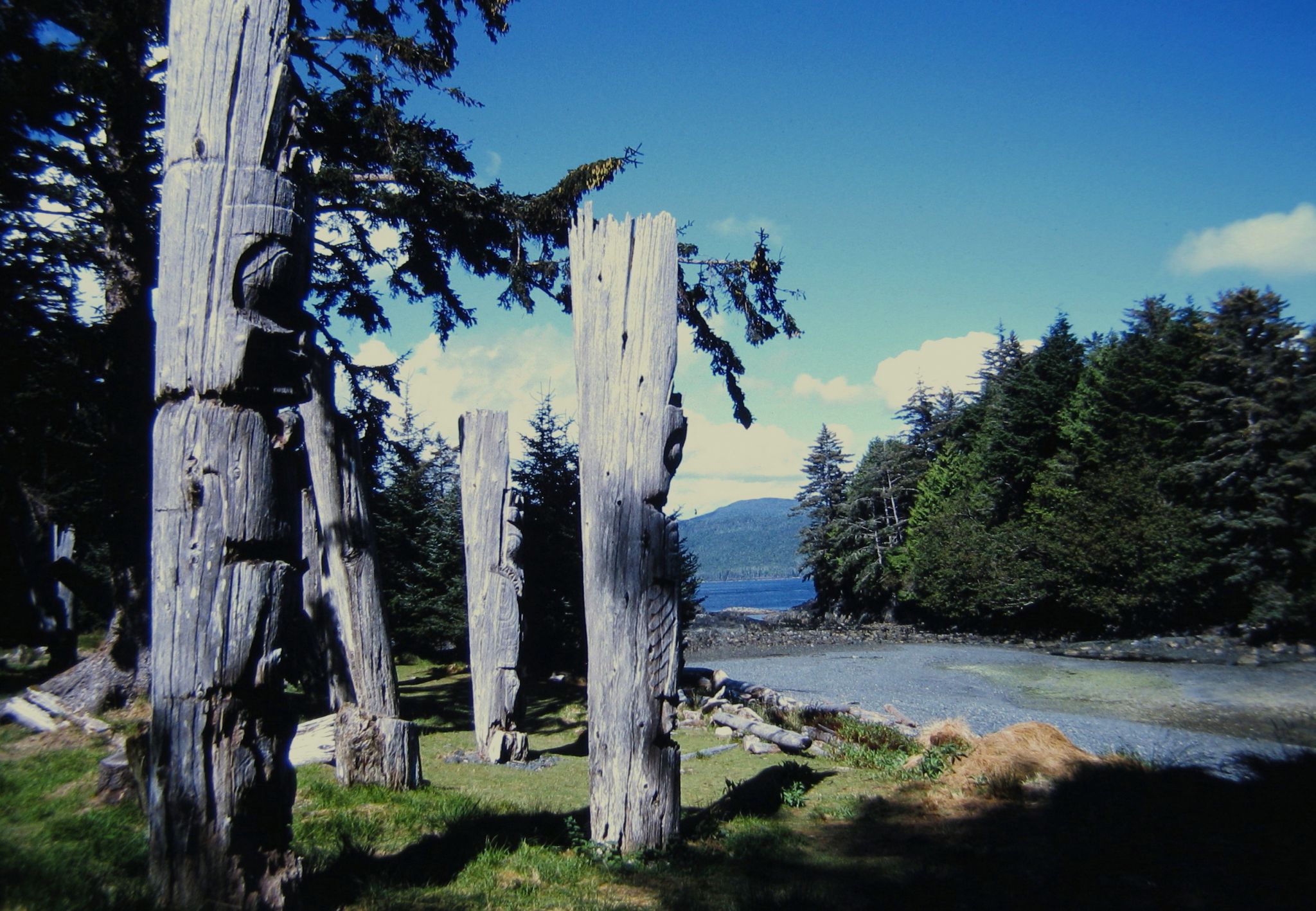


Ungava Bay (französisch Baie d'Ungava;[1] Inuktitut: ᐅᖓᕙ ᑲᖏᖅᓗᒃ / ungava kangiqluk) ist eine Bucht im Norden der kanadischen Labrador-Halbinsel.
Die Bucht und alle in ihr liegenden Inseln gehören administrativ zur Region Qikiqtaaluk des Territoriums Nunavut, während ihre Festlandküste zur Region Nunavik (Verwaltungsregion Nord-du-Québec) der Provinz Québec gehört.
昂加瓦湾是加拿大的海湾,位于该国东北部哈得逊海峡,长320公里、宽260公里,面积50,000平方公里,每年平均降雨量400至450毫米,最大水深300米。

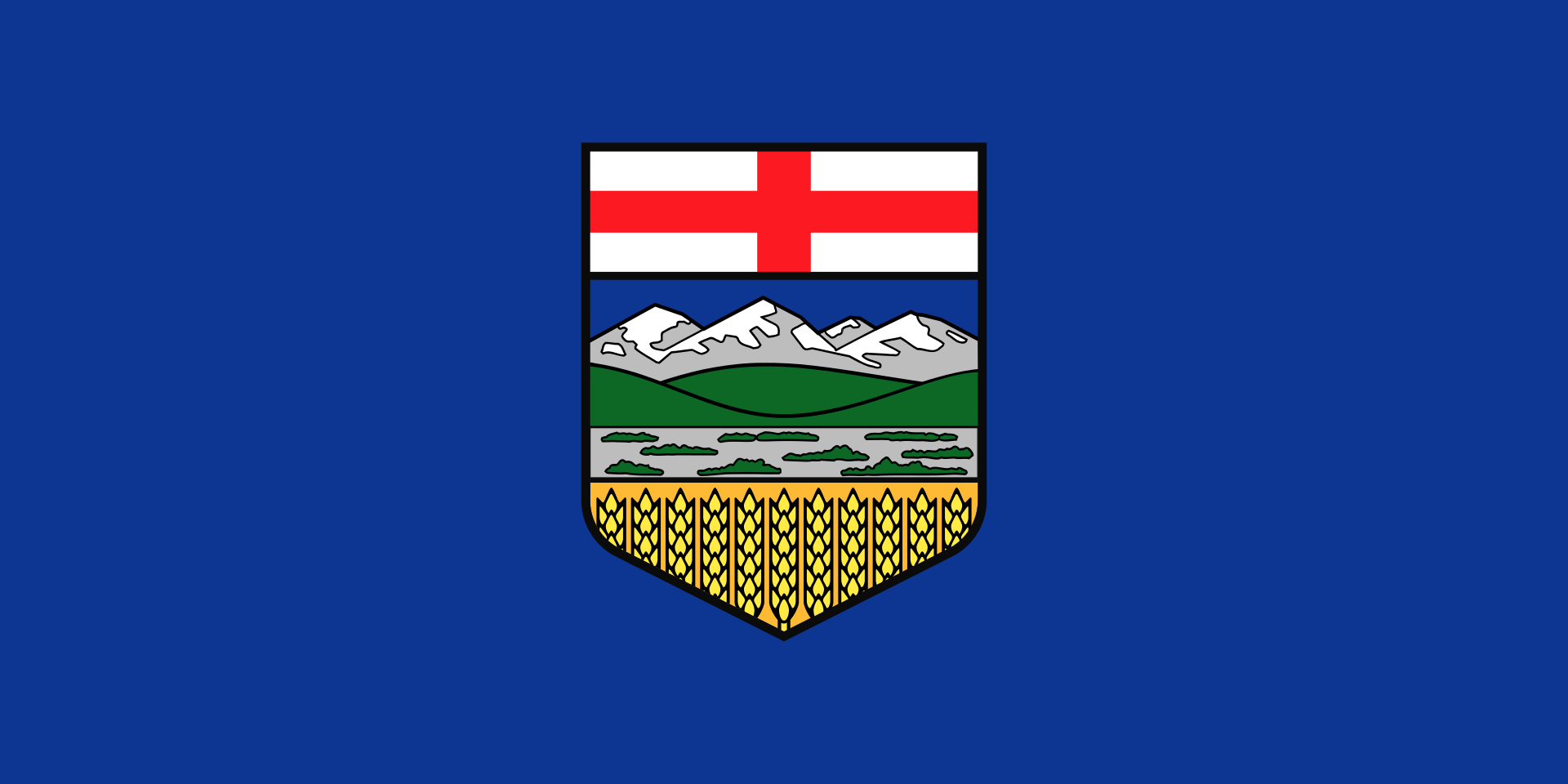 Alberta-AB
Alberta-AB
 Argentina
Argentina
 Australia
Australia

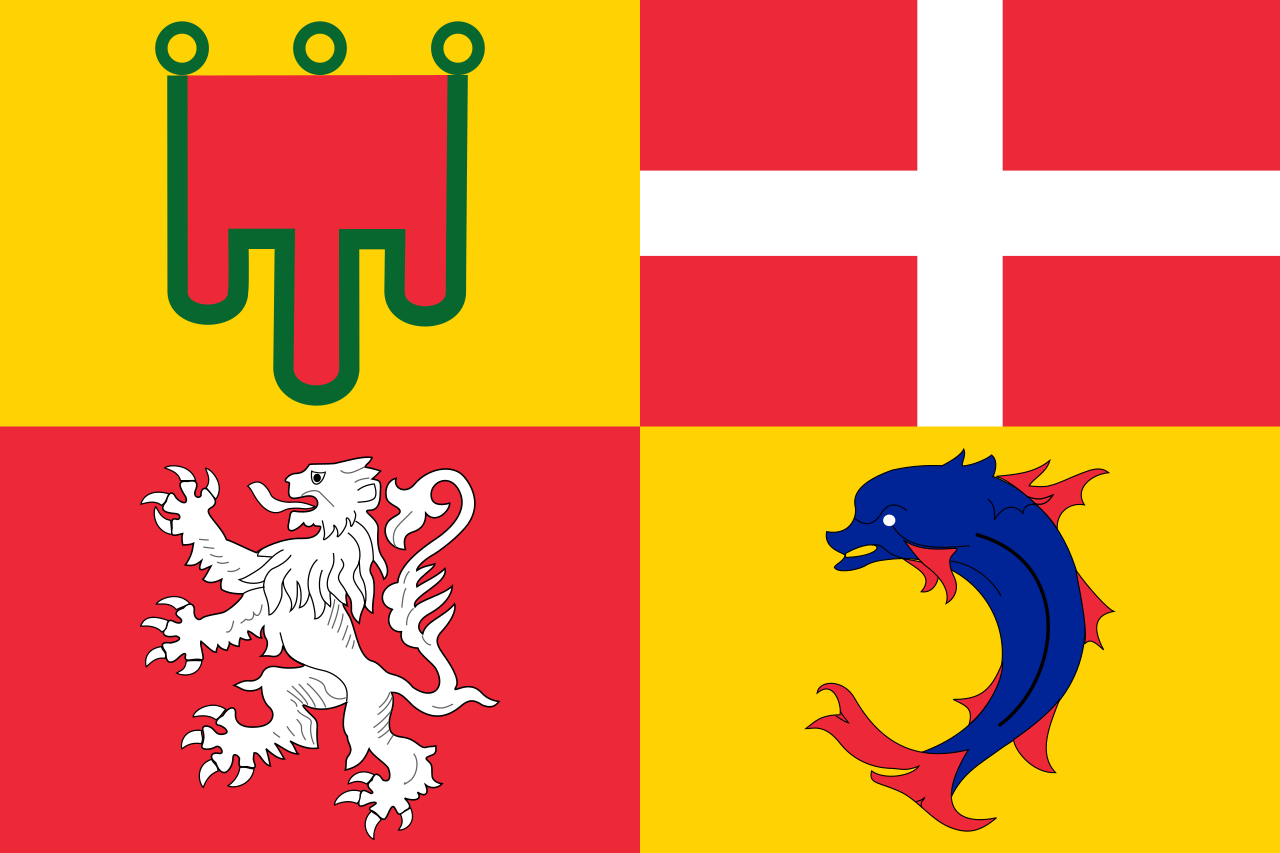 Auvergne-Rhône-Alpes
Auvergne-Rhône-Alpes

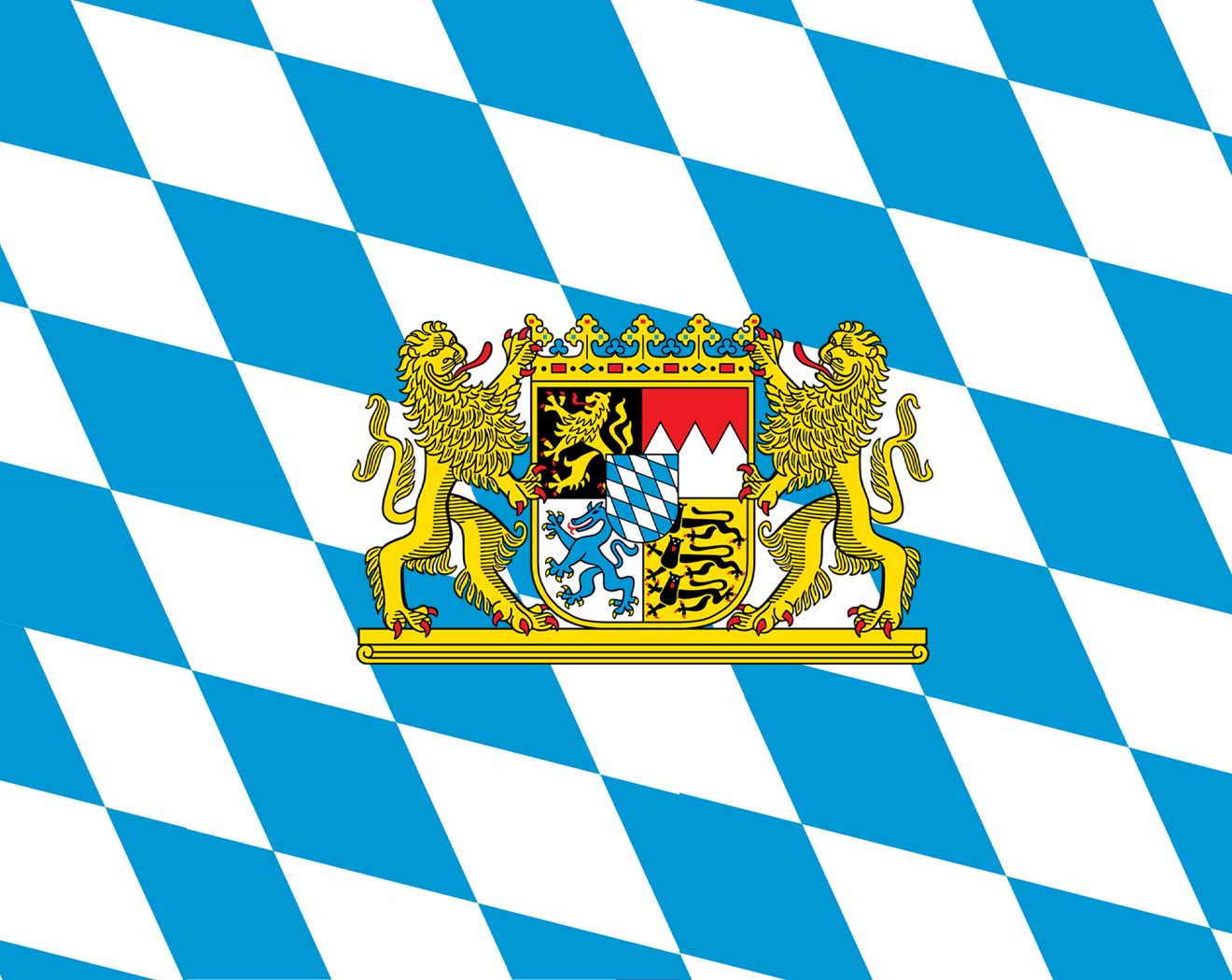 Bavaria
Bavaria
 Beijing Shi-BJ
Beijing Shi-BJ

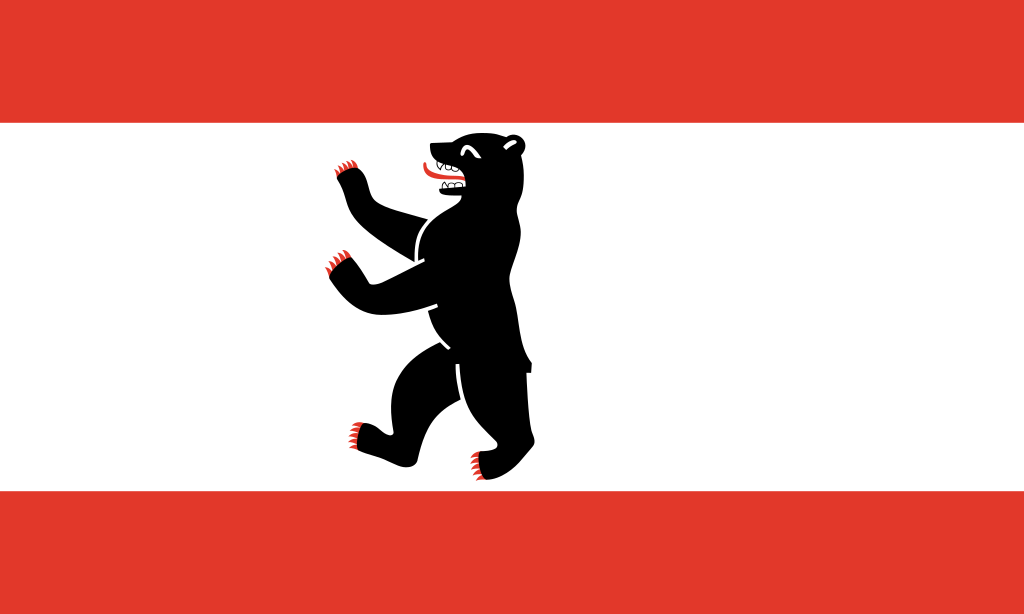 Berlin
Berlin
 Bosnia Herzegovina
Bosnia Herzegovina
 Brazil
Brazil

 British Columbia-BC
British Columbia-BC

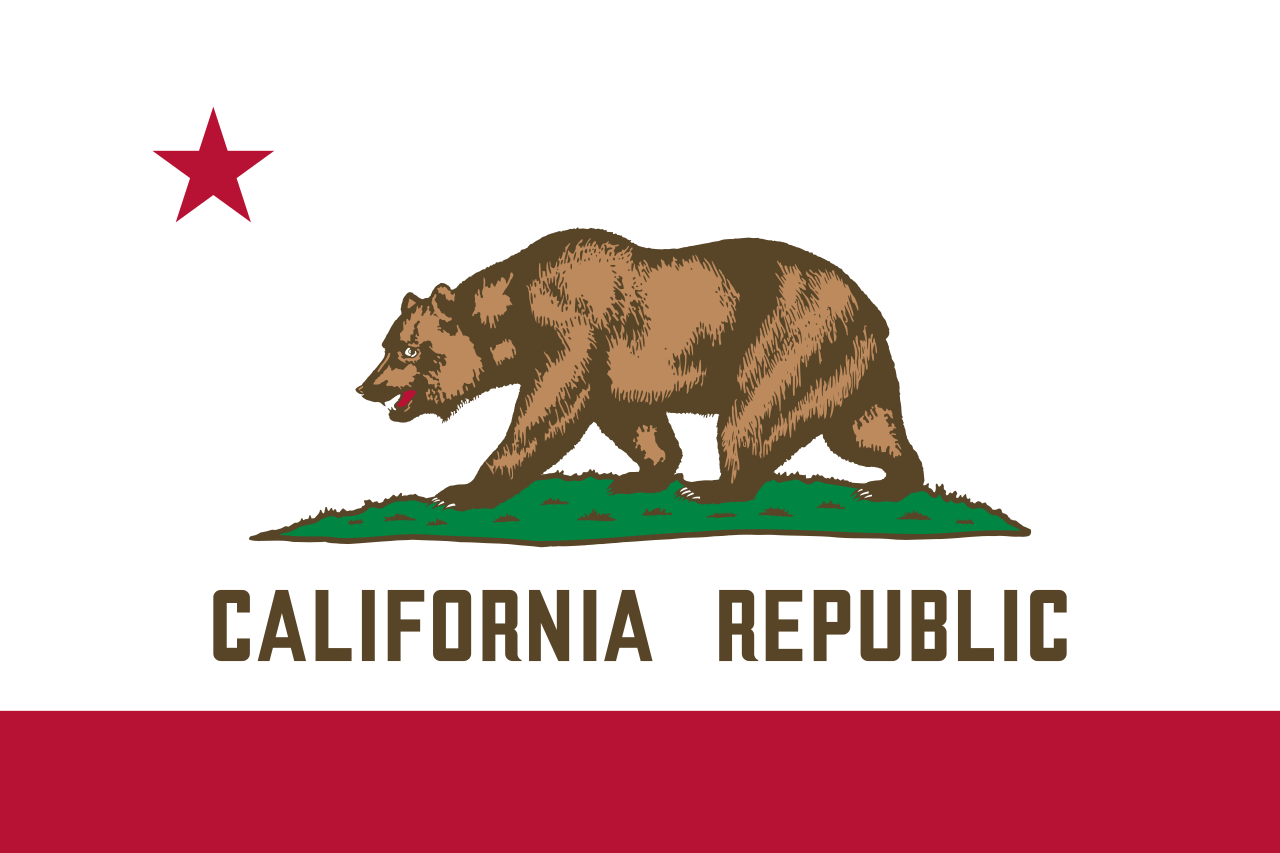 California-CA
California-CA

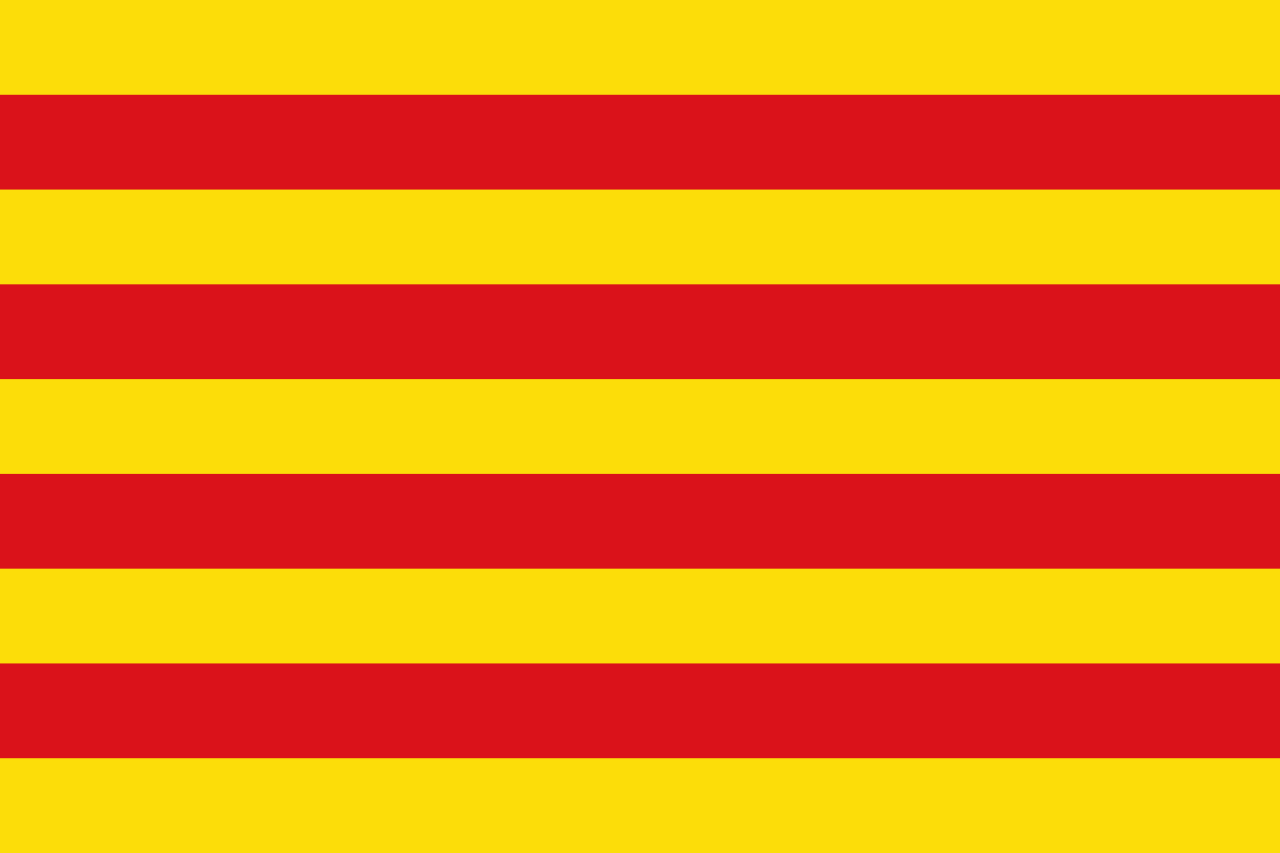 Cataluña
Cataluña
 China
China
 Chūbu
Chūbu
 Germany
Germany
 England
England
 France
France

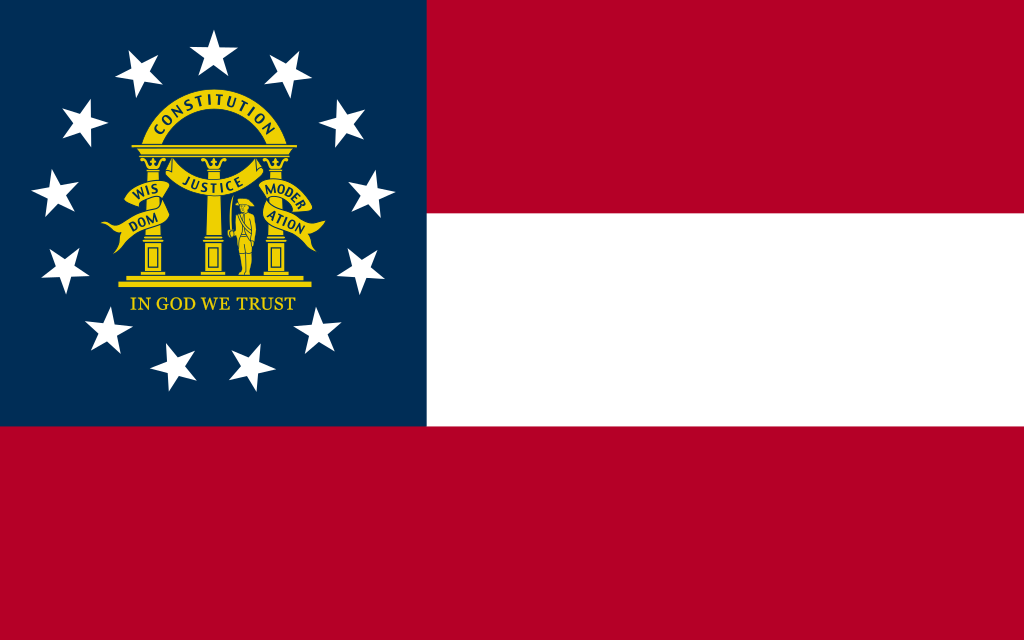 Georgia-GA
Georgia-GA
 Greece
Greece
 Hokkaidō
Hokkaidō

 Ile-de-France
Ile-de-France
 Italy
Italy
 Japan
Japan
 Jiangsu Sheng-JS
Jiangsu Sheng-JS
 Canada
Canada
 Kantō
Kantō

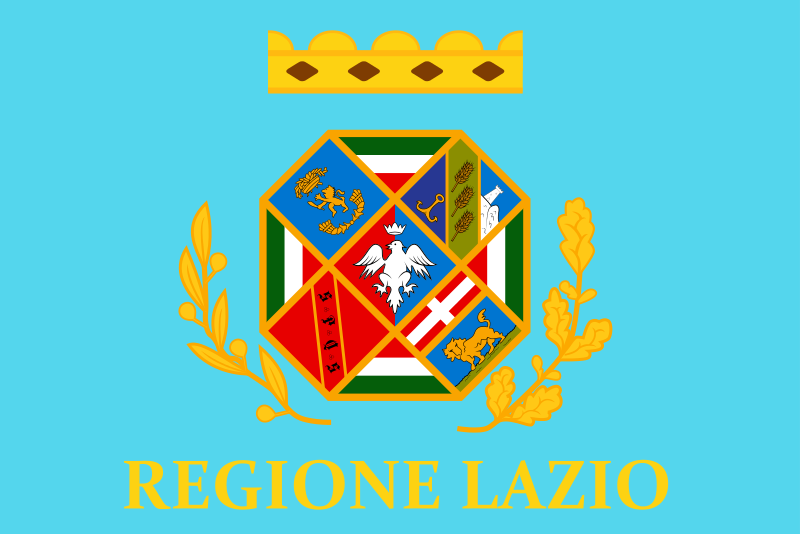 Lazio
Lazio

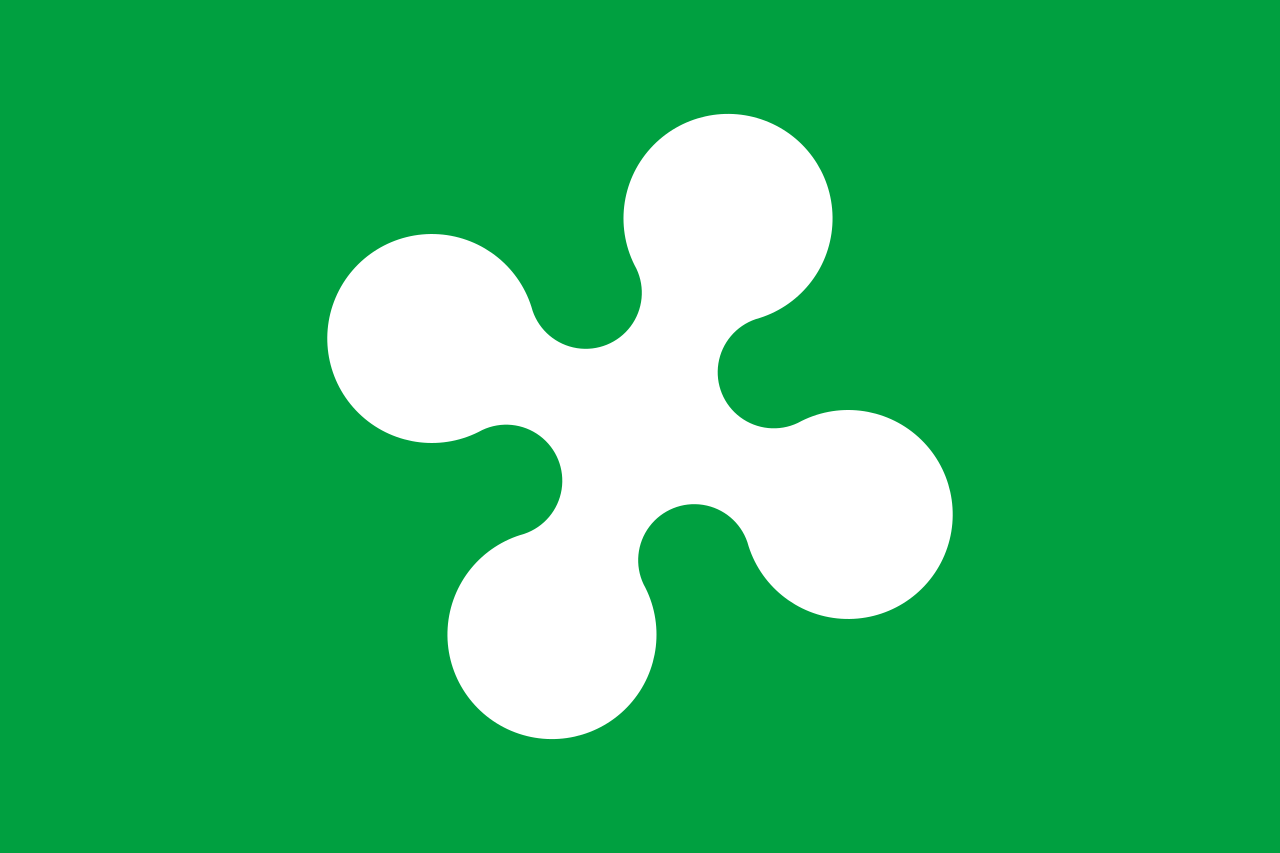 Lombardia
Lombardia
 Mexico
Mexico

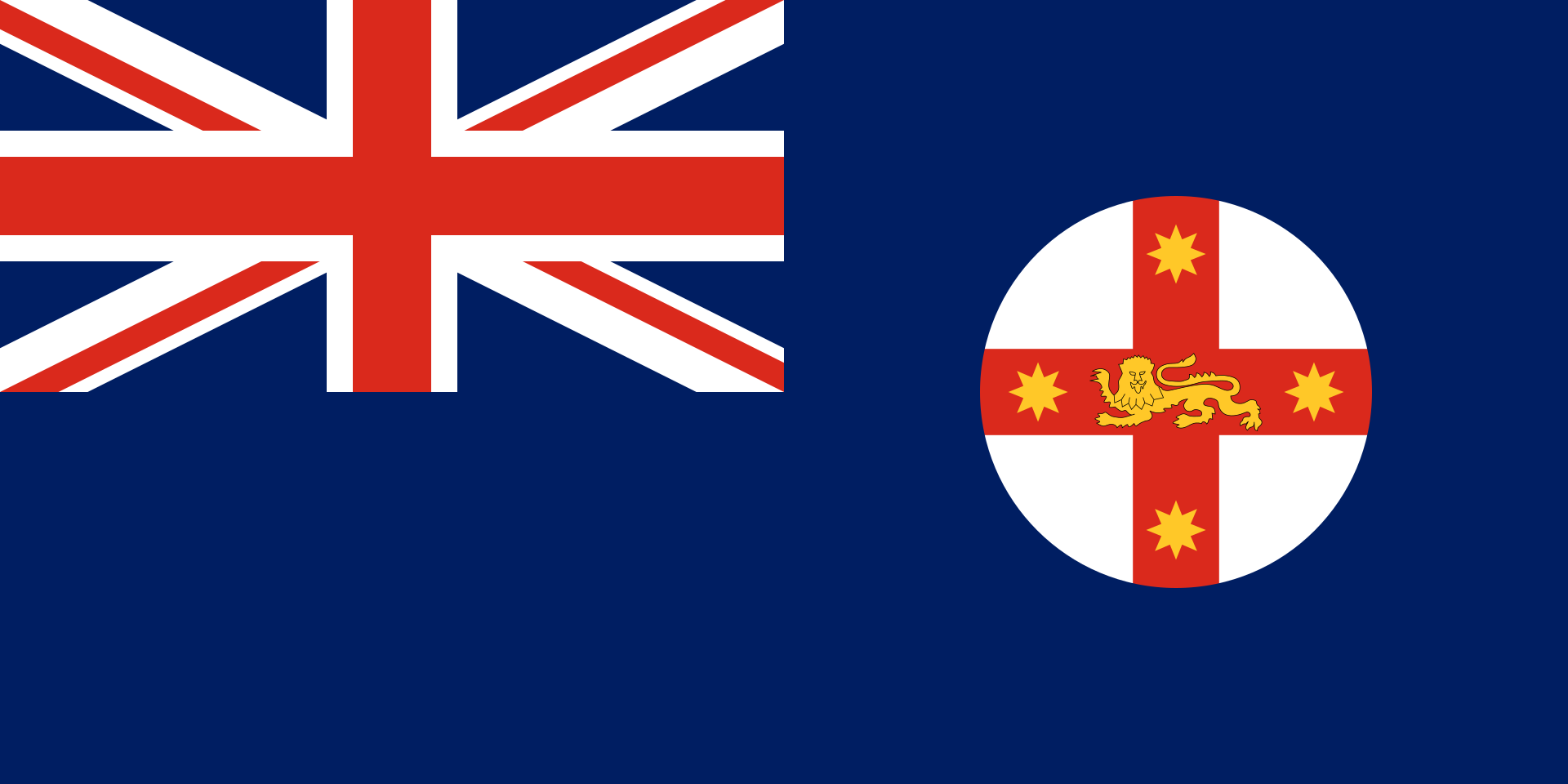 New South Wales-NSW
New South Wales-NSW

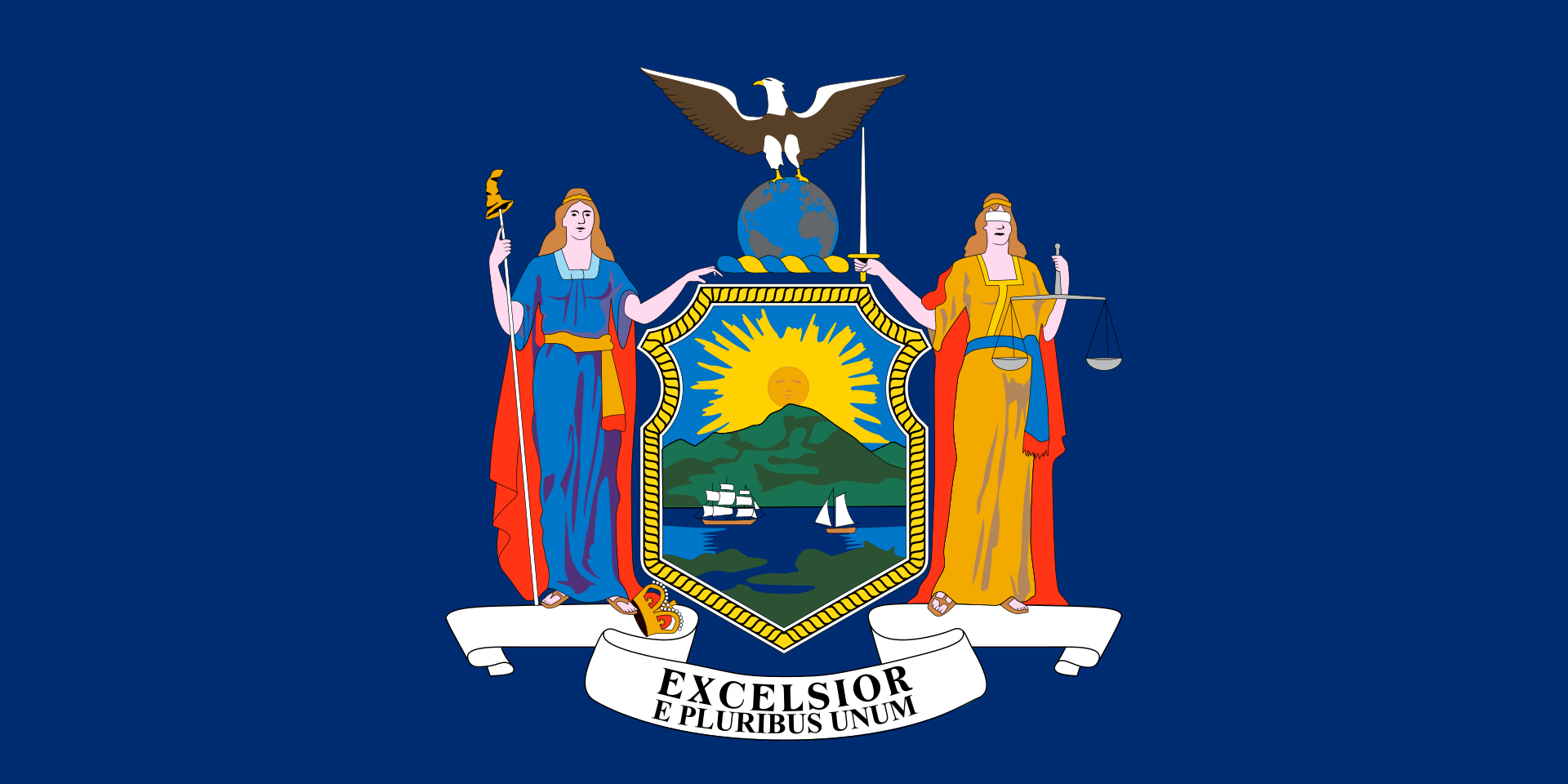 New York-NY
New York-NY
 Norwegen
Norwegen
 Austria
Austria

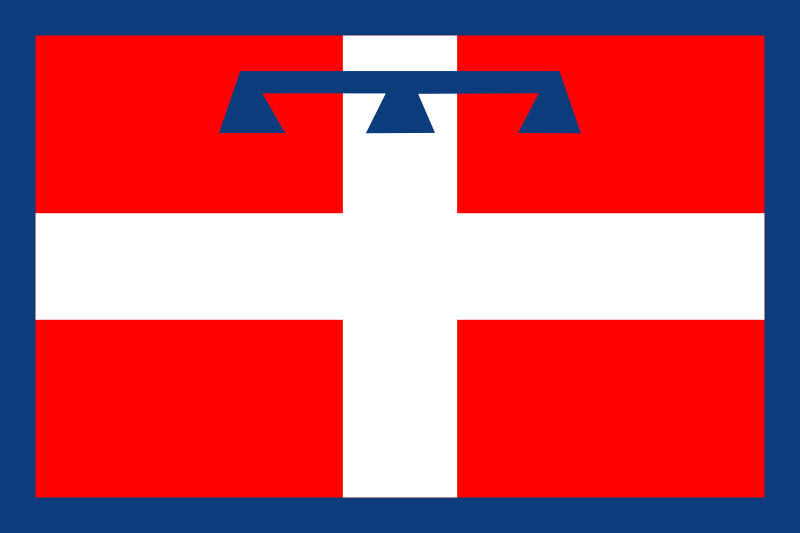 Piemonte
Piemonte

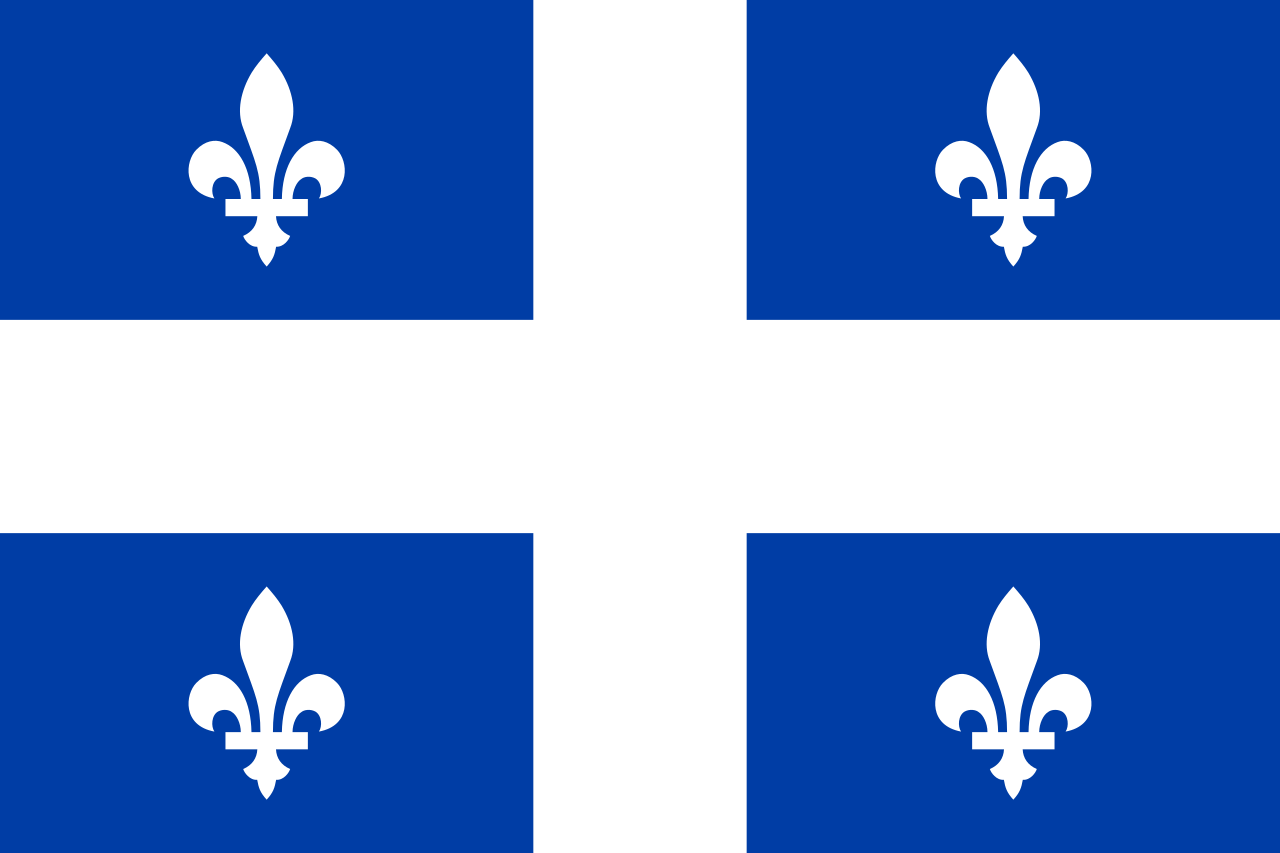 Quebec-QC
Quebec-QC

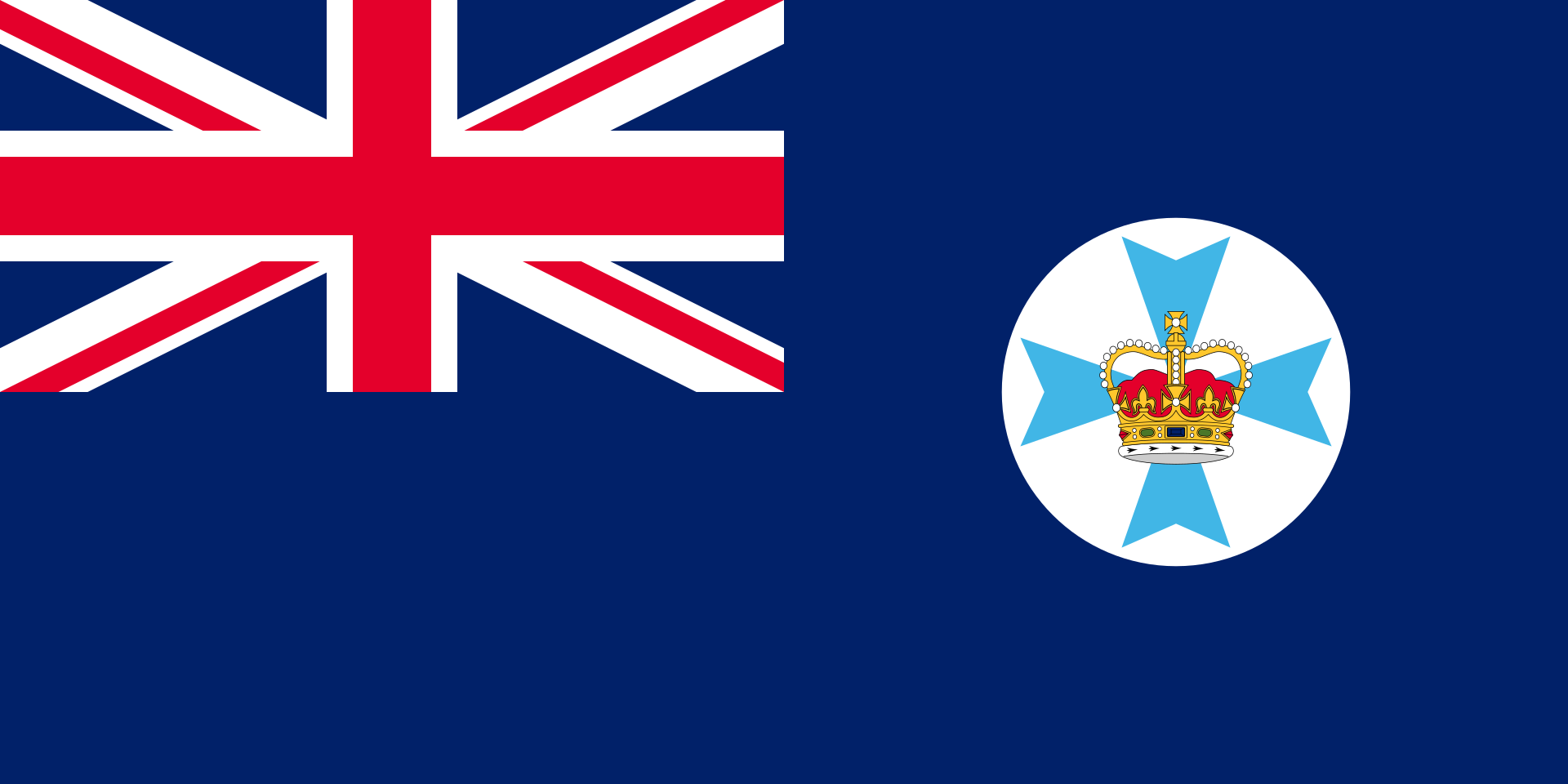 Queensland-QLD
Queensland-QLD
 Republic of Korea
Republic of Korea
 Rio de Janeiro
Rio de Janeiro
 Russia
Russia
 Switzerland
Switzerland
 Senegal
Senegal
 Singapore
Singapore
 Spain
Spain

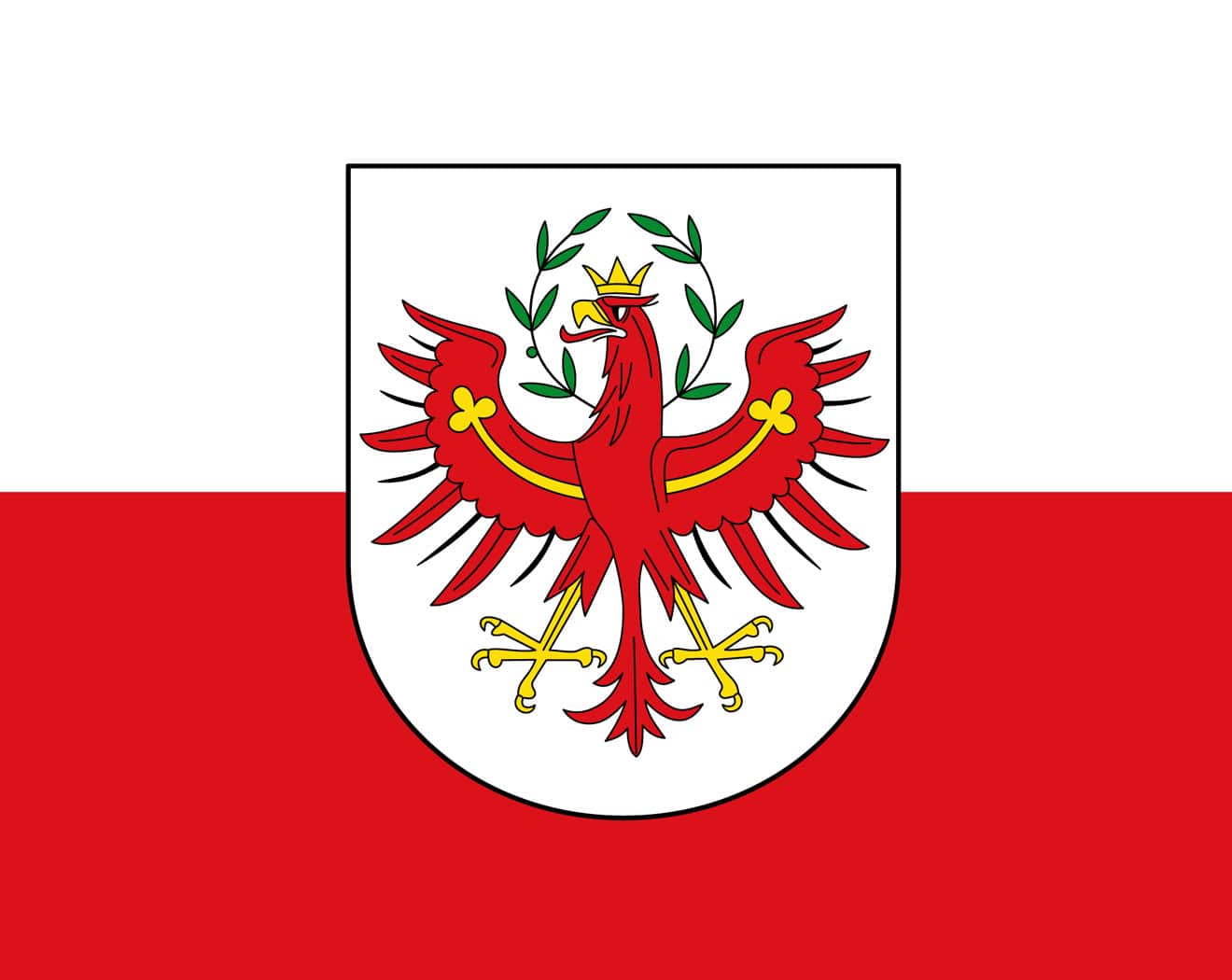 Tyrol
Tyrol

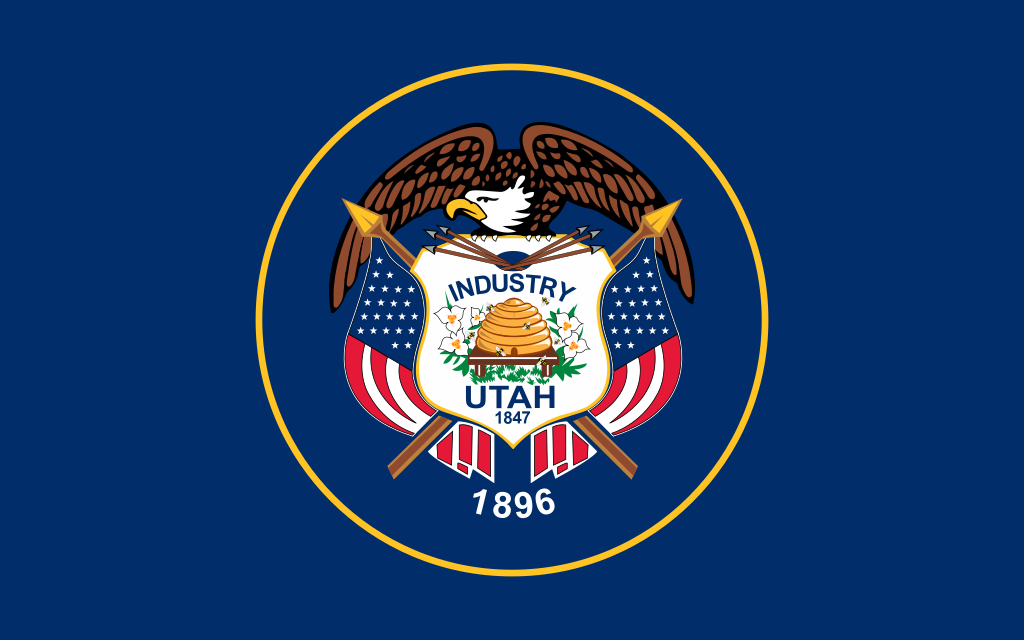 Utah-UT
Utah-UT
 United States
United States
 United Kingdom
United Kingdom

| 奥林匹克圣歌 | ||
|---|---|---|
| 希腊文歌词 | 英文歌词 | 中文歌词 |
| Αρχαίο Πνεύμ' αθάνατο, αγνέ πατέρα του ωραίου, του μεγάλου και τ'αληθινού, κατέβα, φανερώσου κι άστραψ'εδώ πέρα στην δόξα της δικής σου γης και τ'ουρανού. |
Immortal spirit of antiquity, Father of the true, beautiful and good, Descend, appear, shed over us thy light Upon this ground and under this sky Which has first witnessed thy unperishable fame. |
古代不朽之神, 美丽、伟大而正直的圣洁之父。 祈求降临尘世以彰显自己, 让受人瞩目的英雄在这大地苍穹之中, 作为你荣耀的见证。 |
| Στο δρόμο και στο πάλεμα και στο λιθάρι, στων ευγενών Αγώνων λάμψε την ορμή, και με τ' αμάραντο στεφάνωσε κλωνάρι και σιδερένιο πλάσε κι άξιο το κορμί. |
Give life and animation to those noble games! Throw wreaths of fadeless flowers to the victors In the race and in the strife! Create in our breasts, hearts of steel! |
请照亮跑步、角力与投掷项目, 这些全力以赴的崇高竞赛。 把用橄榄枝编成的花冠颁赠给优胜者, 塑造出钢铁般的躯干。 |
| Κάμποι, βουνά και θάλασσες φέγγουν μαζί σου σαν ένας λευκοπόρφυρος μέγας ναός, και τρέχει στο ναό εδώ, προσκυνητής σου, Αρχαίο Πνεύμ' αθάνατο, Kάθε λαός. |
In thy light, plains, mountains and seas Shine in a roseate hue and form a vast temple To which all nations throng to adore thee, Oh immortal spirit of antiquity! |
溪谷、山岳、海洋与你相映生辉, 犹如以色彩斑斓的岩石建成的神殿。 这巨大的神殿, 世界各地的人们都来膜拜, 啊!永远不朽的古代之神。 |
Die olympische Hymne (griechisch Ολυμπιακός Ύμνος Olympiakos Ymnos) gehört zu den olympischen Symbolen. Die Melodie stammt von dem Komponisten Spyros Samaras, der Text von Kostis Palamas und wurde eigens für die 1. Olympischen Spiele der Neuzeit 1896 in Athen geschrieben. Sie ist die einzige offizielle olympische Festmusik und Bestandteil aller wichtigen Ereignisse der olympischen Bewegung.
《奥林匹克圣歌》(又称《奥林匹克颂》;希腊语:Ολυμπιακός Ύμνος,法语:Hymne Olympique,英语:Olympic Hymn)是奥林匹克会歌(英语:Olympic Anthem),是合唱清唱套曲,1958年第54次国际奥委会全体会议上定为奥林匹克会歌。奥林匹克会歌由国际奥林匹克委员会的第一任主席泽麦特里乌斯·维凯拉斯亲自选择的;由希腊歌剧作曲家斯皮罗·萨马拉斯作曲、希腊作家兼诗人科斯蒂斯·帕拉马斯作词。

 Alberta-AB
Alberta-AB
 Australia
Australia

 Auvergne-Rhône-Alpes
Auvergne-Rhône-Alpes

 Bavaria
Bavaria
 Beijing Shi-BJ
Beijing Shi-BJ
 Belgium
Belgium

 Berlin
Berlin
 Bosnia Herzegovina
Bosnia Herzegovina
 Brazil
Brazil

 British Columbia-BC
British Columbia-BC

 California-CA
California-CA

 Cataluña
Cataluña
 China
China
 Chūbu
Chūbu
 Germany
Germany
 England
England
 Finland
Finland
 France
France

 Georgia-GA
Georgia-GA
 Greece
Greece
 Hebei Sheng-HE
Hebei Sheng-HE
 Hokkaidō
Hokkaidō

 Ile-de-France
Ile-de-France
 Italy
Italy
 Japan
Japan
 Canada
Canada
 Kantō
Kantō

 Lazio
Lazio
 Mexico
Mexico

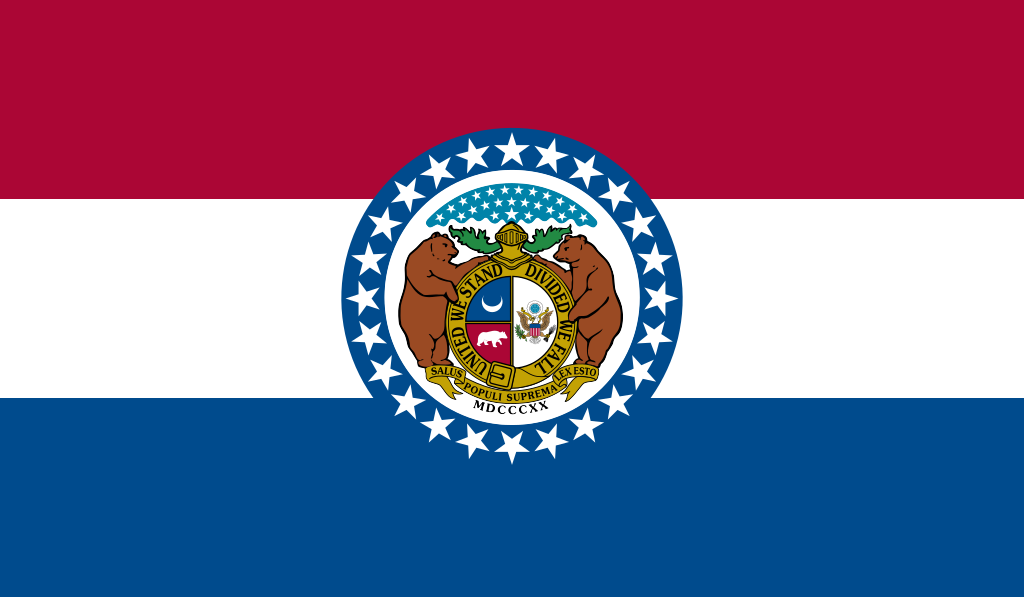 Missouri-MO
Missouri-MO

 New South Wales-NSW
New South Wales-NSW

 New York-NY
New York-NY
 Netherlands
Netherlands
 Norwegen
Norwegen
 2016 Summer Olympics
2016 Summer Olympics
 2002 Winter Olympics
2002 Winter Olympics
 2006 Winter Olympics
2006 Winter Olympics
 2010 Winter Olympics
2010 Winter Olympics
 2014 Winter Olympics
2014 Winter Olympics
 2018 Winter Olympics
2018 Winter Olympics
 2018 Winter Olympics
2018 Winter Olympics
 2022 Winter Olympics
2022 Winter Olympics
 Austria
Austria

 Piemonte
Piemonte

 Quebec-QC
Quebec-QC
 Republic of Korea
Republic of Korea
 Rio de Janeiro
Rio de Janeiro
 Russia
Russia

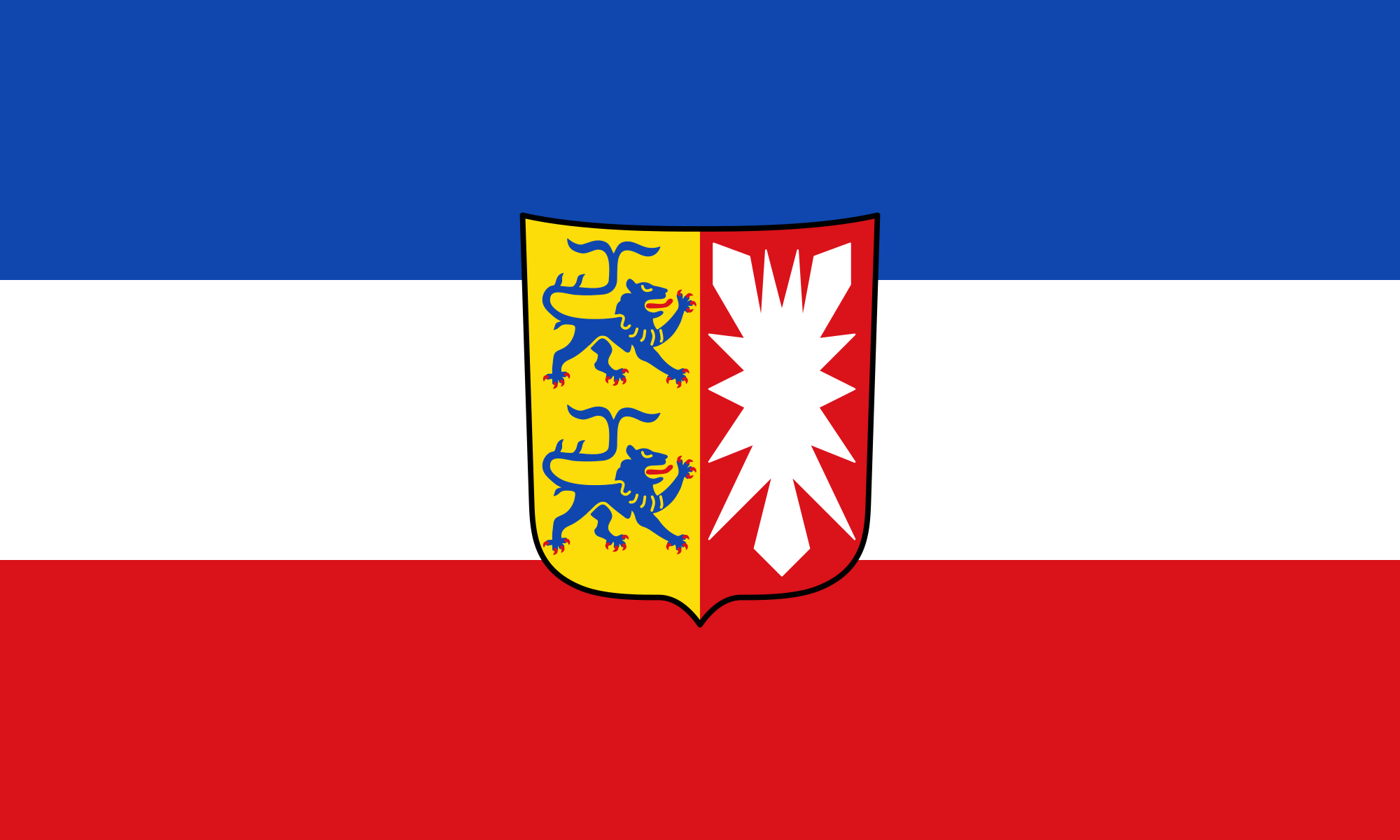 Schleswig-Holstein
Schleswig-Holstein
 Sweden
Sweden
 Switzerland
Switzerland
 Spain
Spain

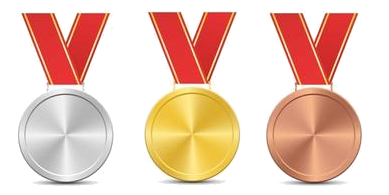 Sport
Sport

 Tyrol
Tyrol

 Utah-UT
Utah-UT

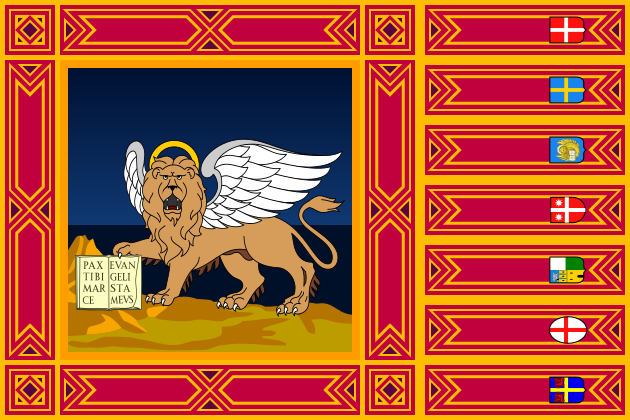 Veneto
Veneto
 United States
United States
 United Kingdom
United Kingdom

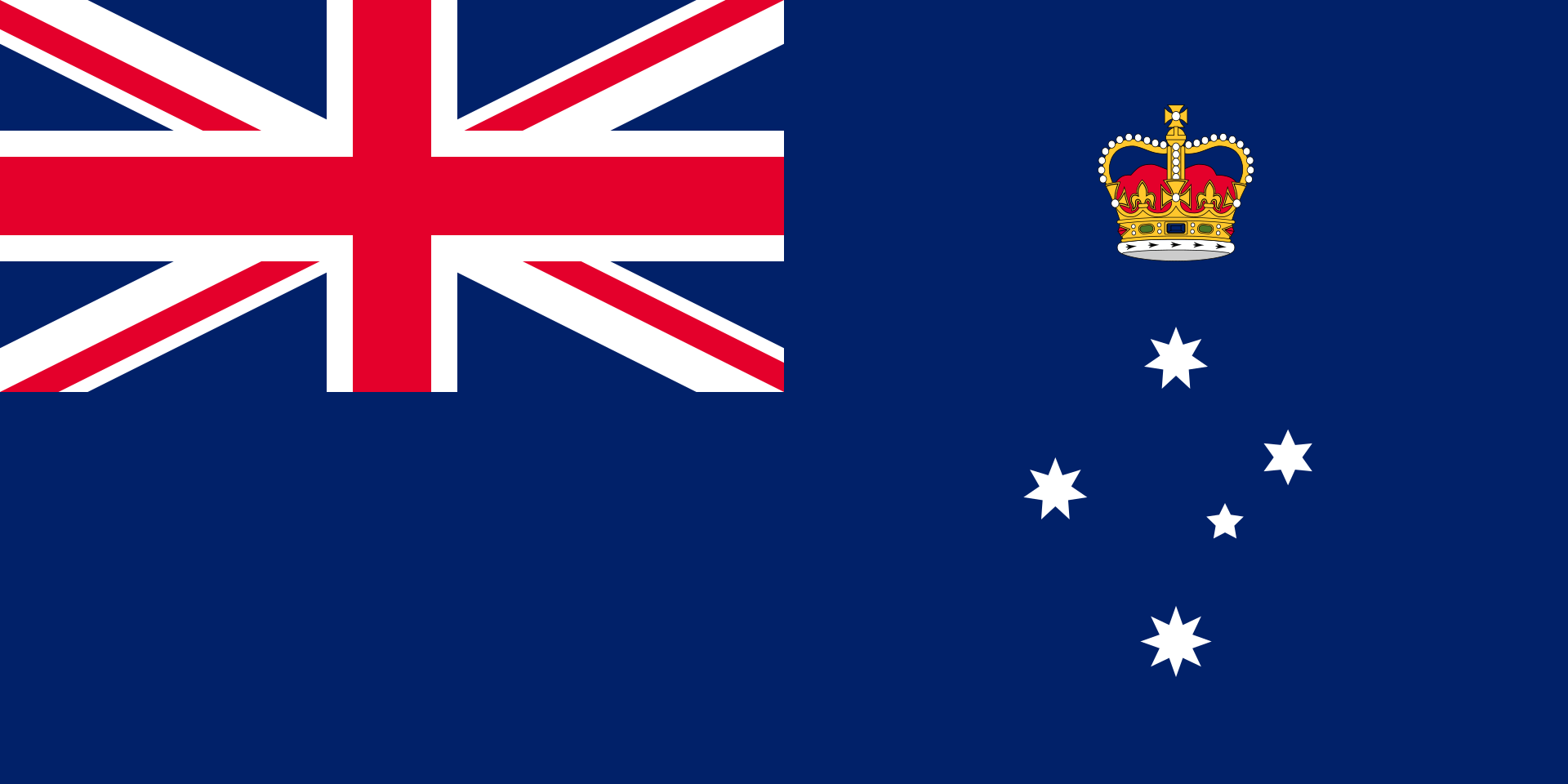 Victoria-VIC
Victoria-VIC

奥林匹克圣火(英语:Olympic Flame)是奥林匹克运动会的标志。它在古代奥运会上燃烧以纪念古希腊神话中,普罗米修斯从宙斯手中偷来的火。从1928年开始,奥林匹克圣火又重新成为了奥运会的一部分。从1936年柏林奥运会开始出现了圣火传递。它有着传承火焰,生生不息的意义。
Das olympische Feuer ist ein Symbol der olympischen Bewegung. Es ist auch ein Symbol der Kontinuität zwischen den antiken und den modernen Spielen.[1] Das olympische Feuer wird einige Monate vor den Olympischen Spielen in Olympia, Griechenland, entzündet. Mit dieser Zeremonie beginnt der olympische Fackellauf, der offiziell mit dem Entzünden des olympischen Kessels während der Eröffnungsfeier der Olympischen Spiele endet. Die Flamme brennt dann während der gesamten Dauer der Spiele im Kessel weiter, bis sie bei der Abschlusszeremonie gelöscht wird.
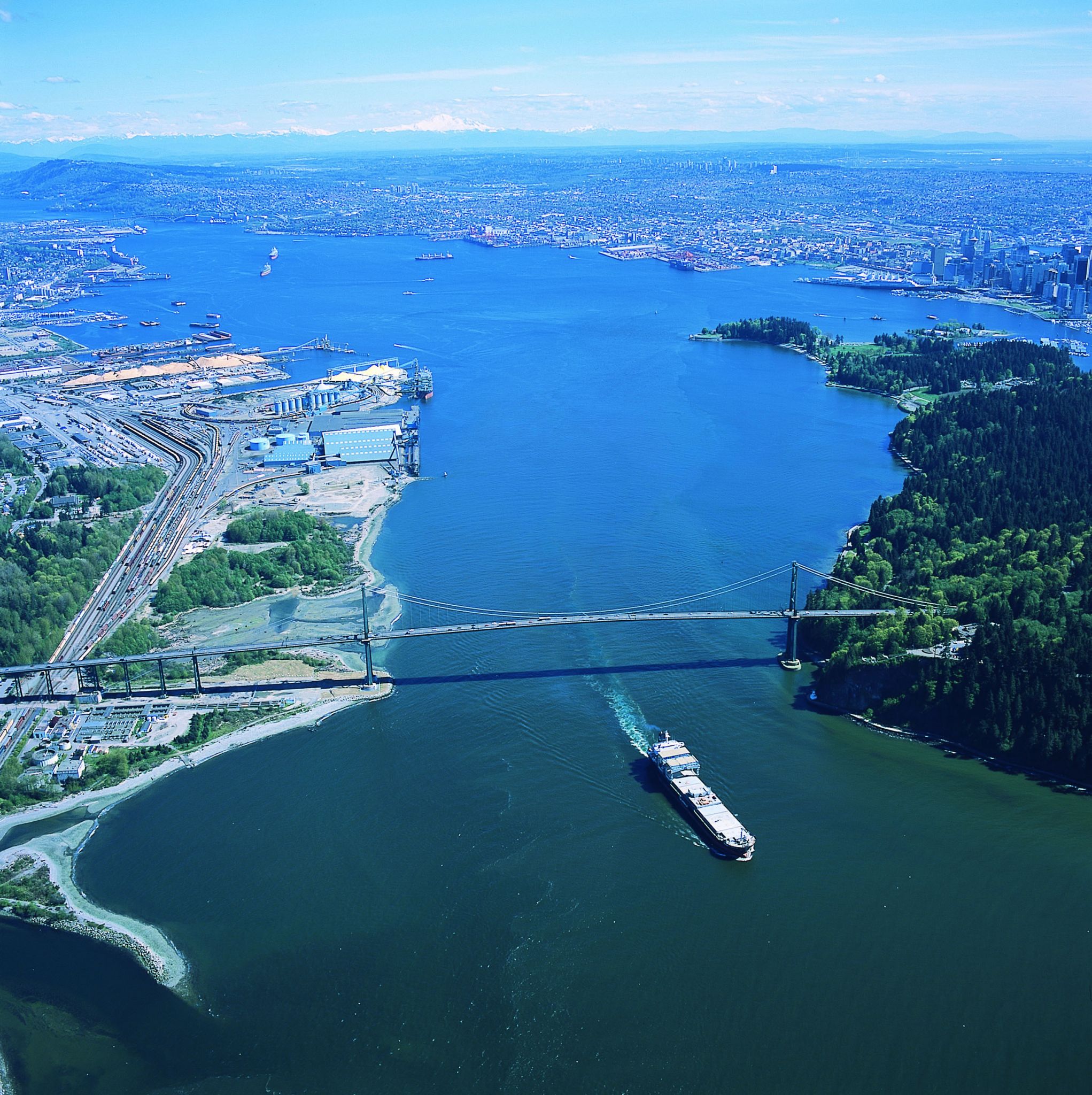
 Australia
Australia
 Belgium
Belgium
 Brazil
Brazil
 Denmark
Denmark
 Germany
Germany
 Finland
Finland
 France
France
 Ireland
Ireland
 Israel
Israel
 Italy
Italy
 Japan
Japan
 Canada
Canada
 Netherlands
Netherlands
 Norwegen
Norwegen
 Austria
Austria
 Republic of Korea
Republic of Korea
 Russia
Russia
 Sweden
Sweden
 Switzerland
Switzerland
 Spain
Spain
 United States
United States
 United Kingdom
United Kingdom


 International cities
International cities

 Companies
Companies
 Agriculture, forestry, livestock, fishing
Agriculture, forestry, livestock, fishing
 Geography
Geography
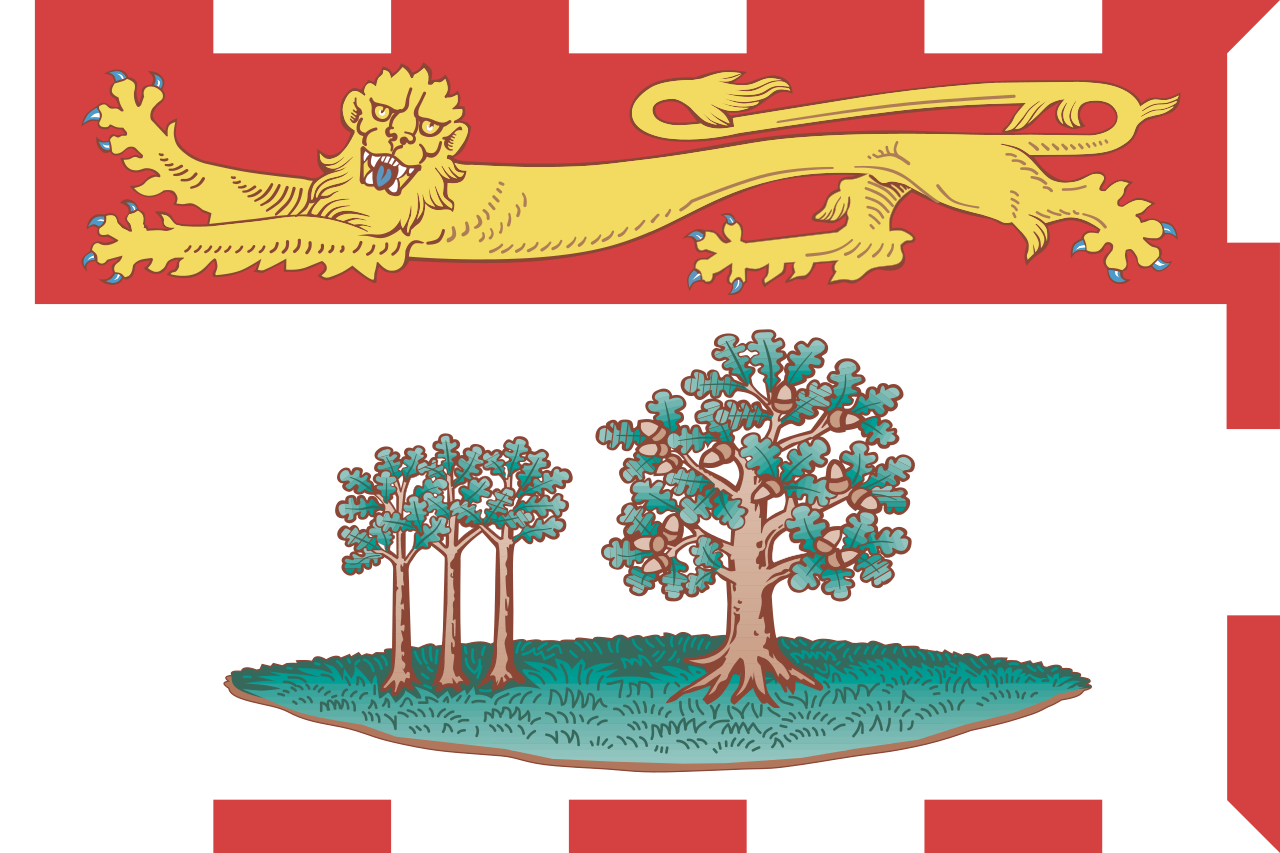 Prince Edward Island-PEI
Prince Edward Island-PEI
 Architecture
Architecture
 Art
Art
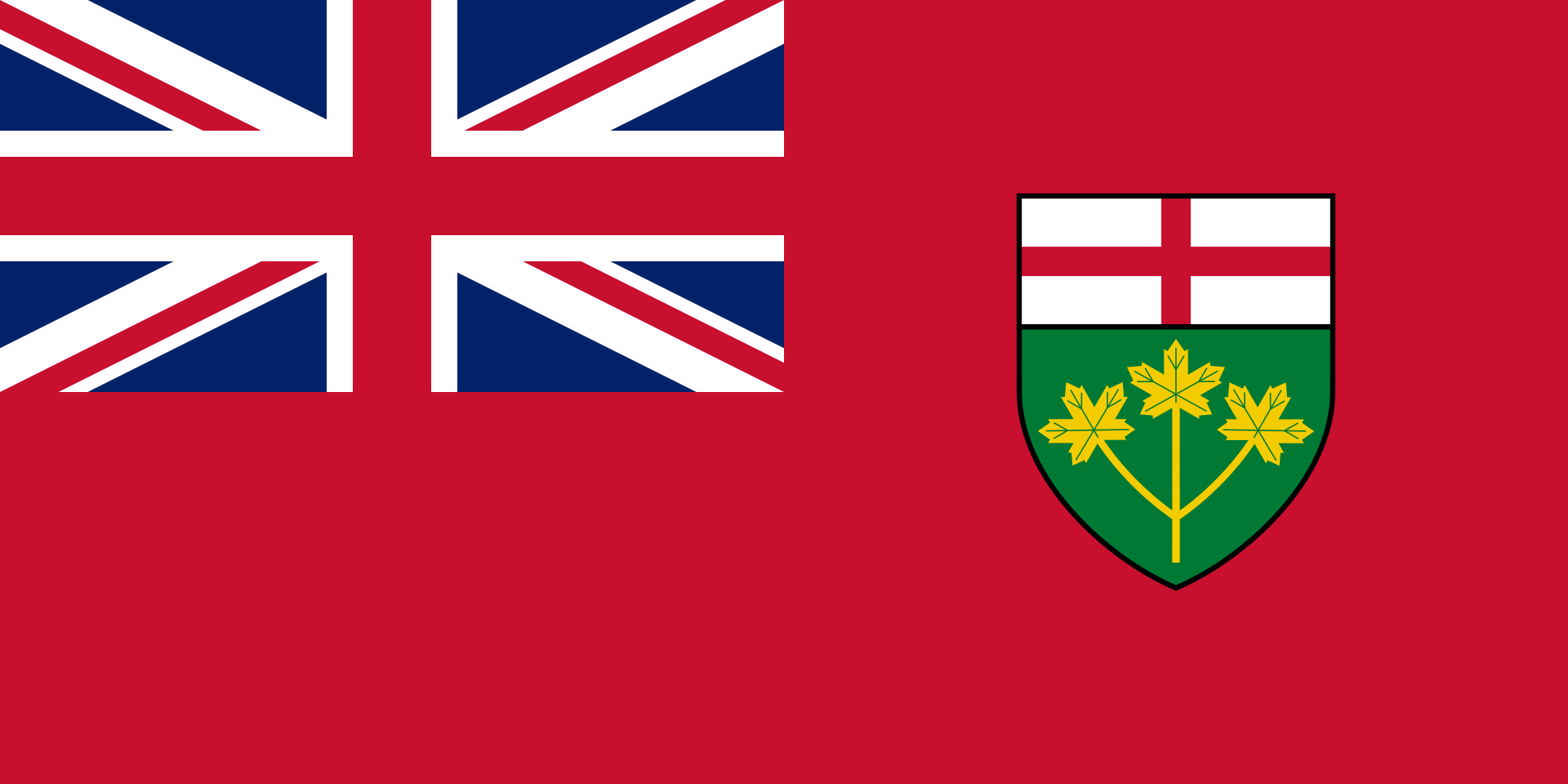 Ontario-ON
Ontario-ON
 Animal world
Animal world
 Energy resource
Energy resource
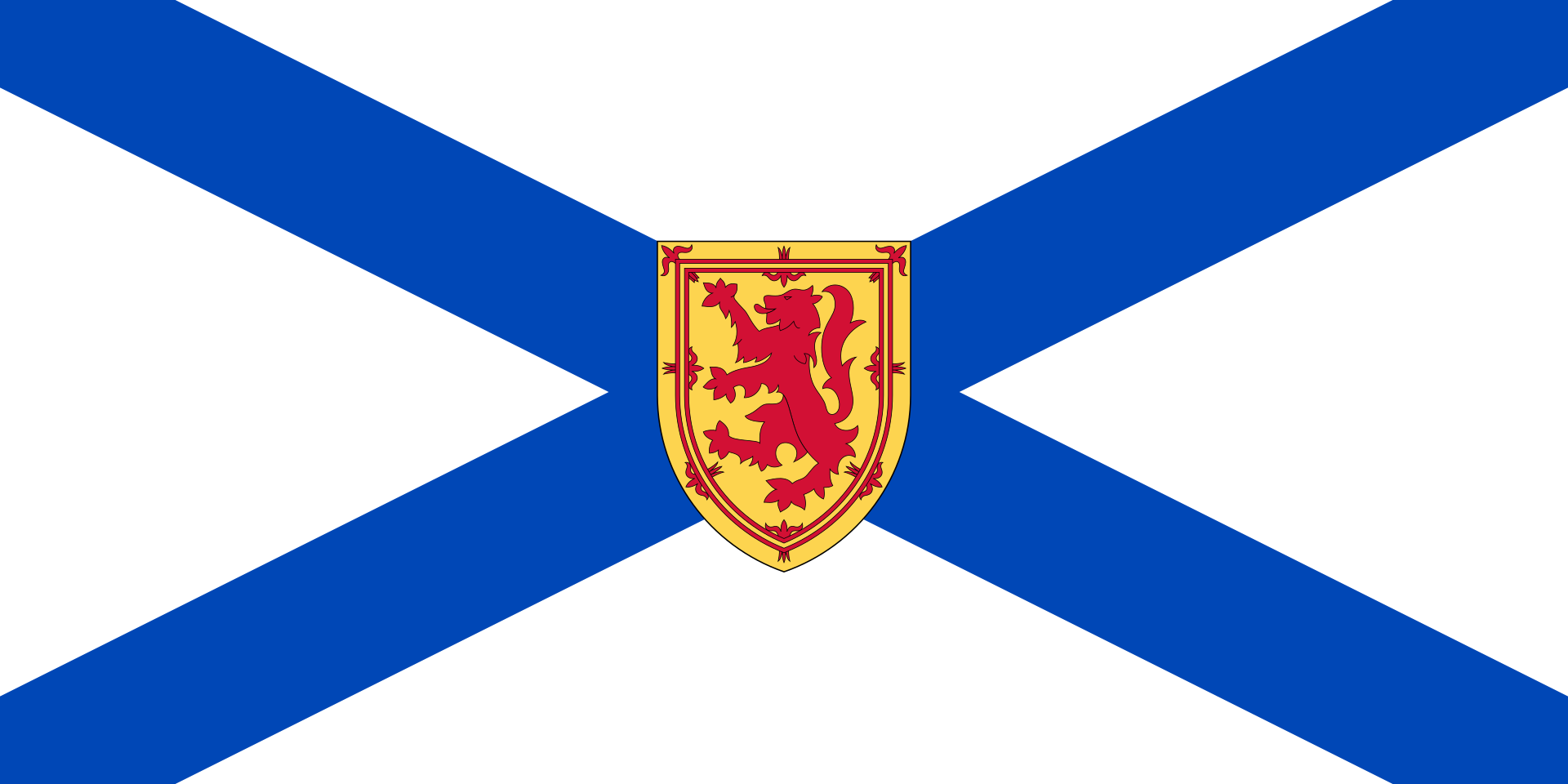 Nova Scotia-NS
Nova Scotia-NS
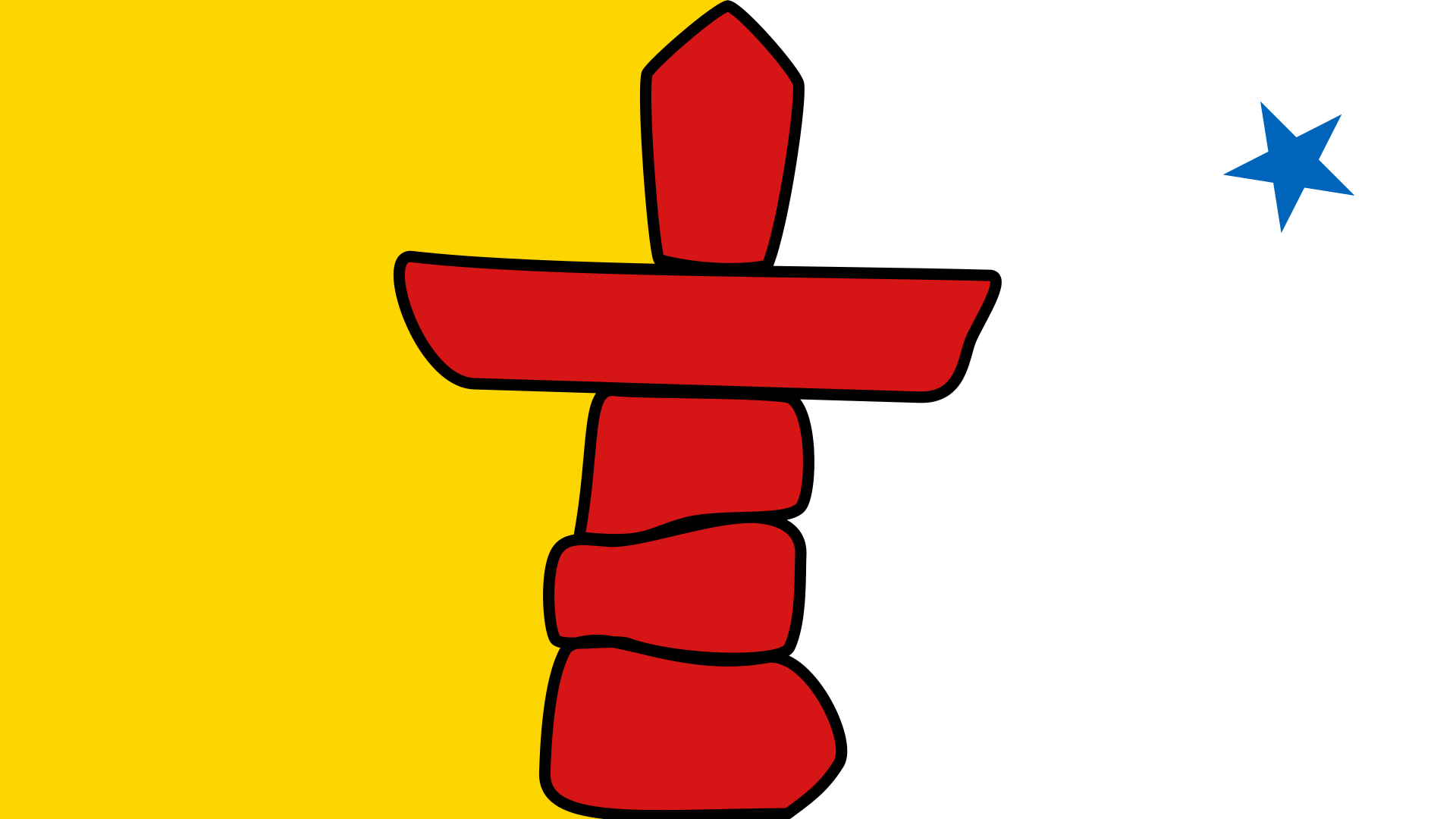 Nunavut-NU
Nunavut-NU
 History
History
 Financial
Financial